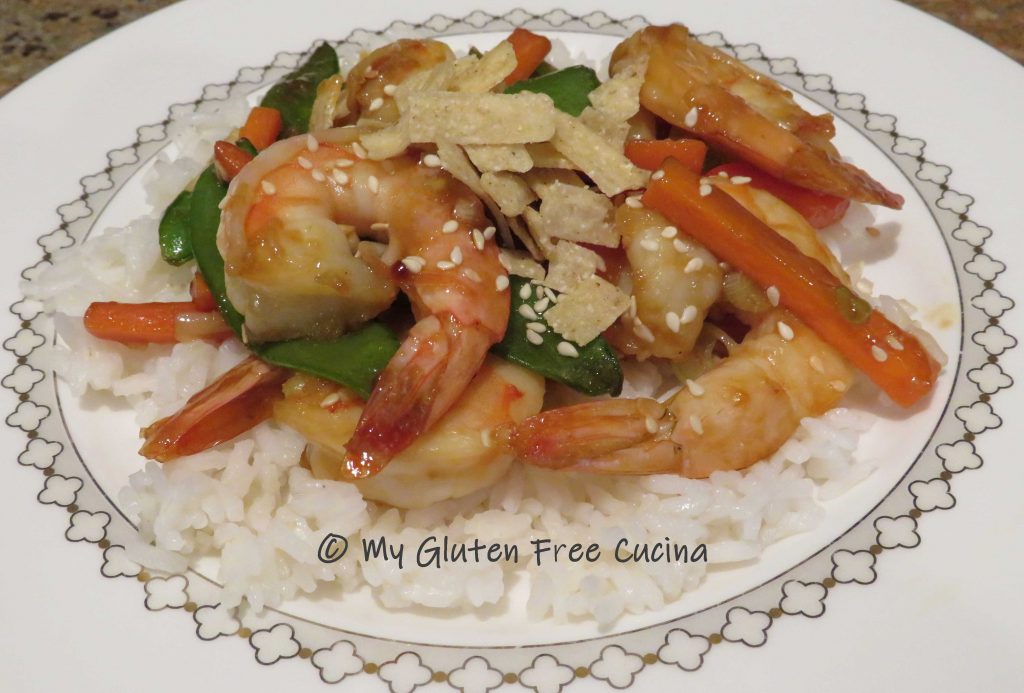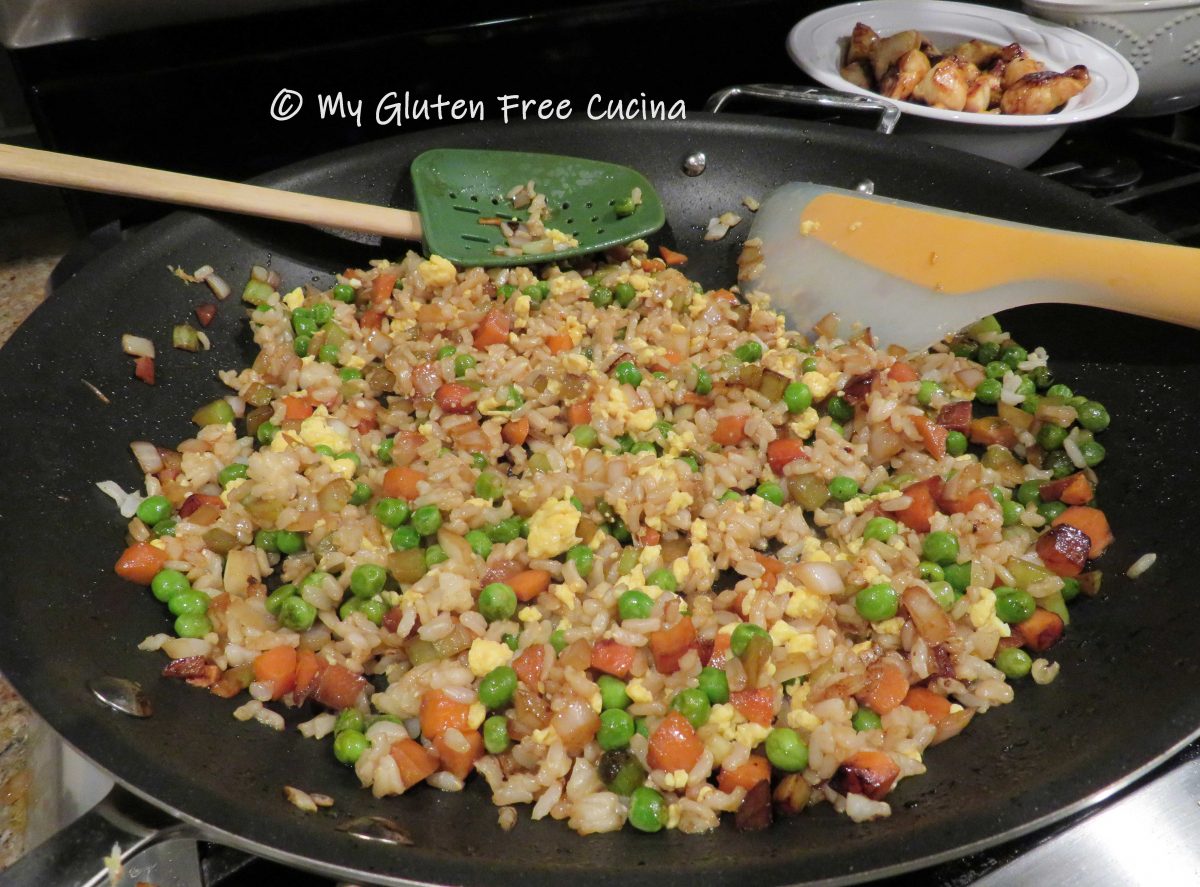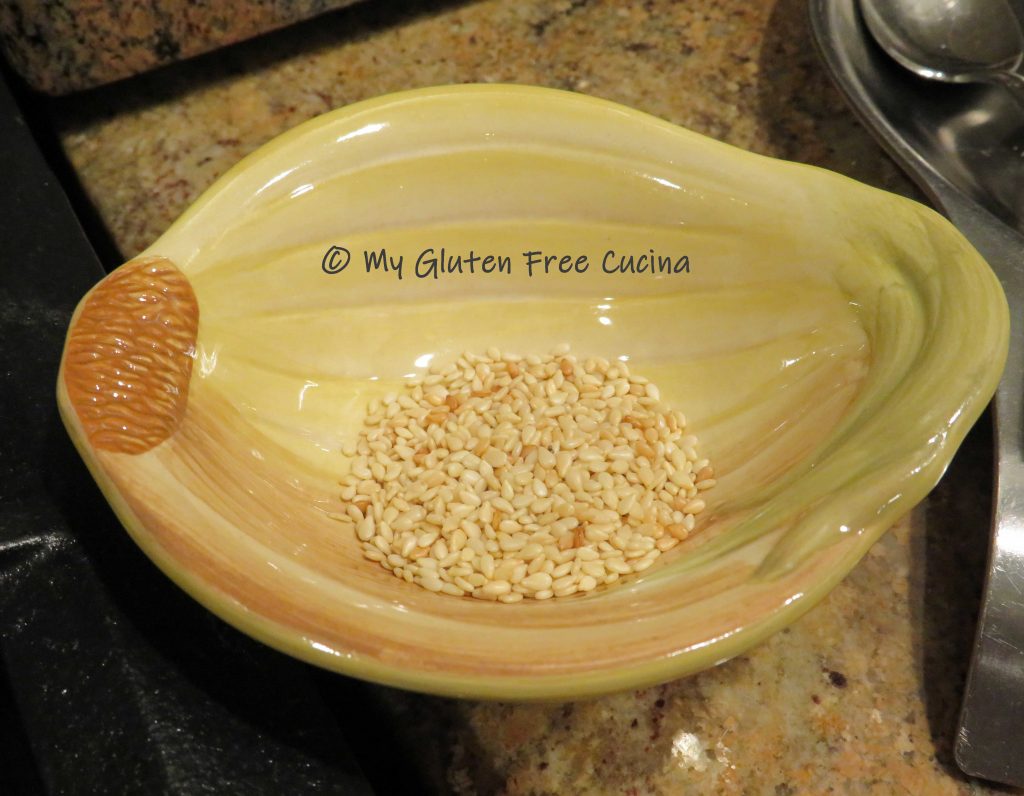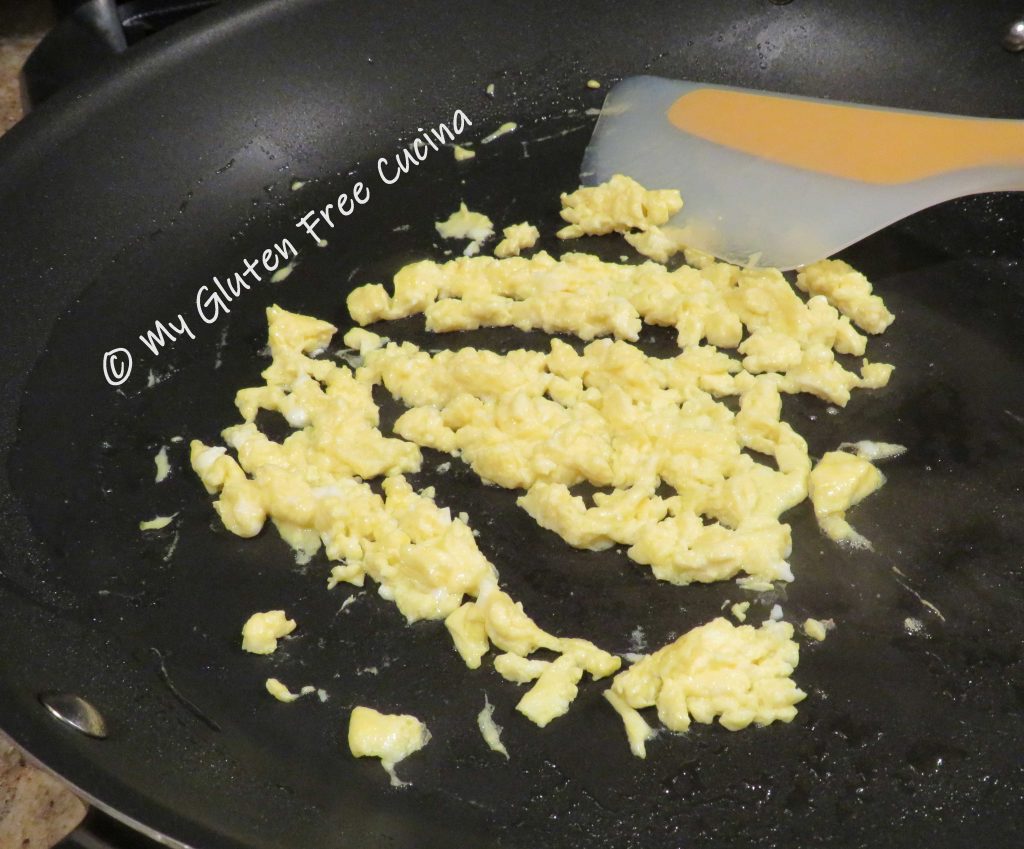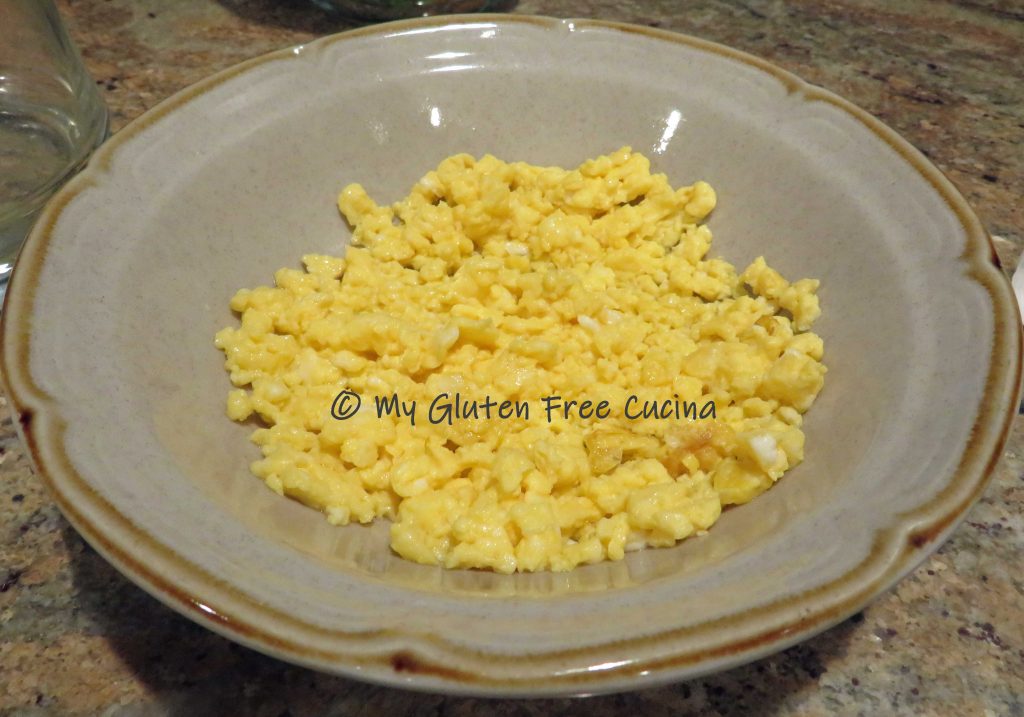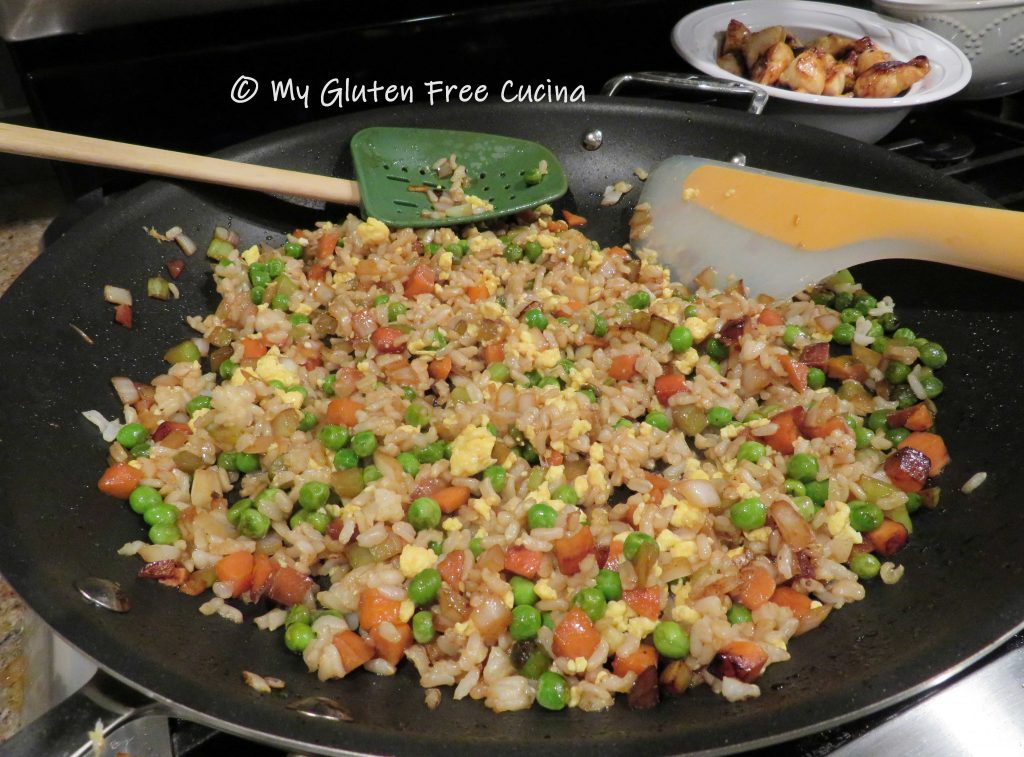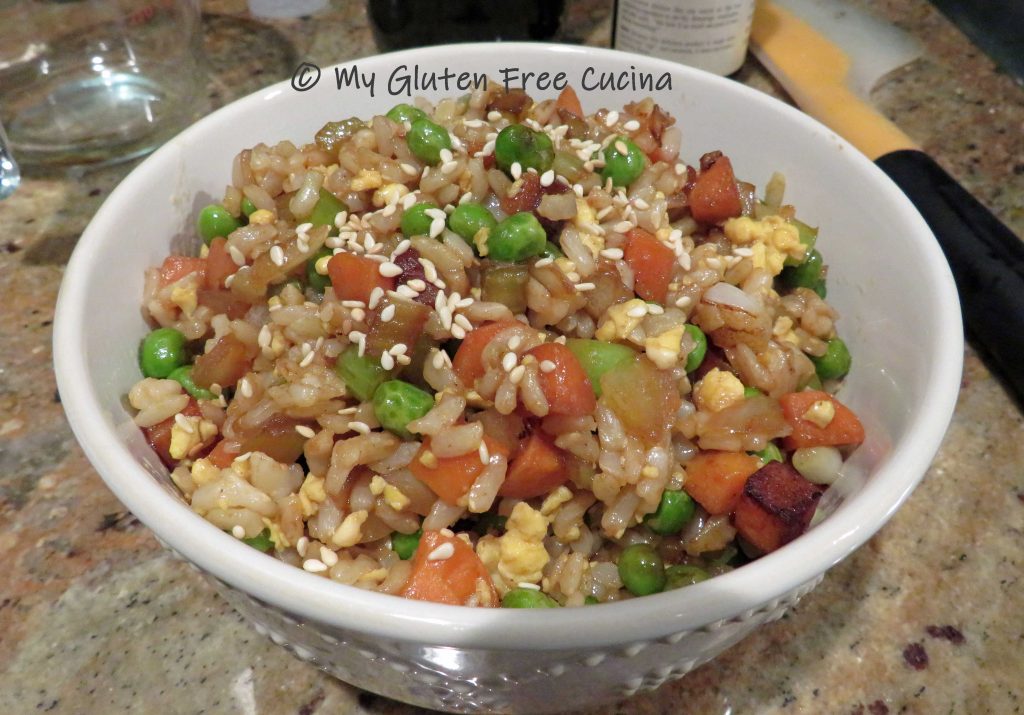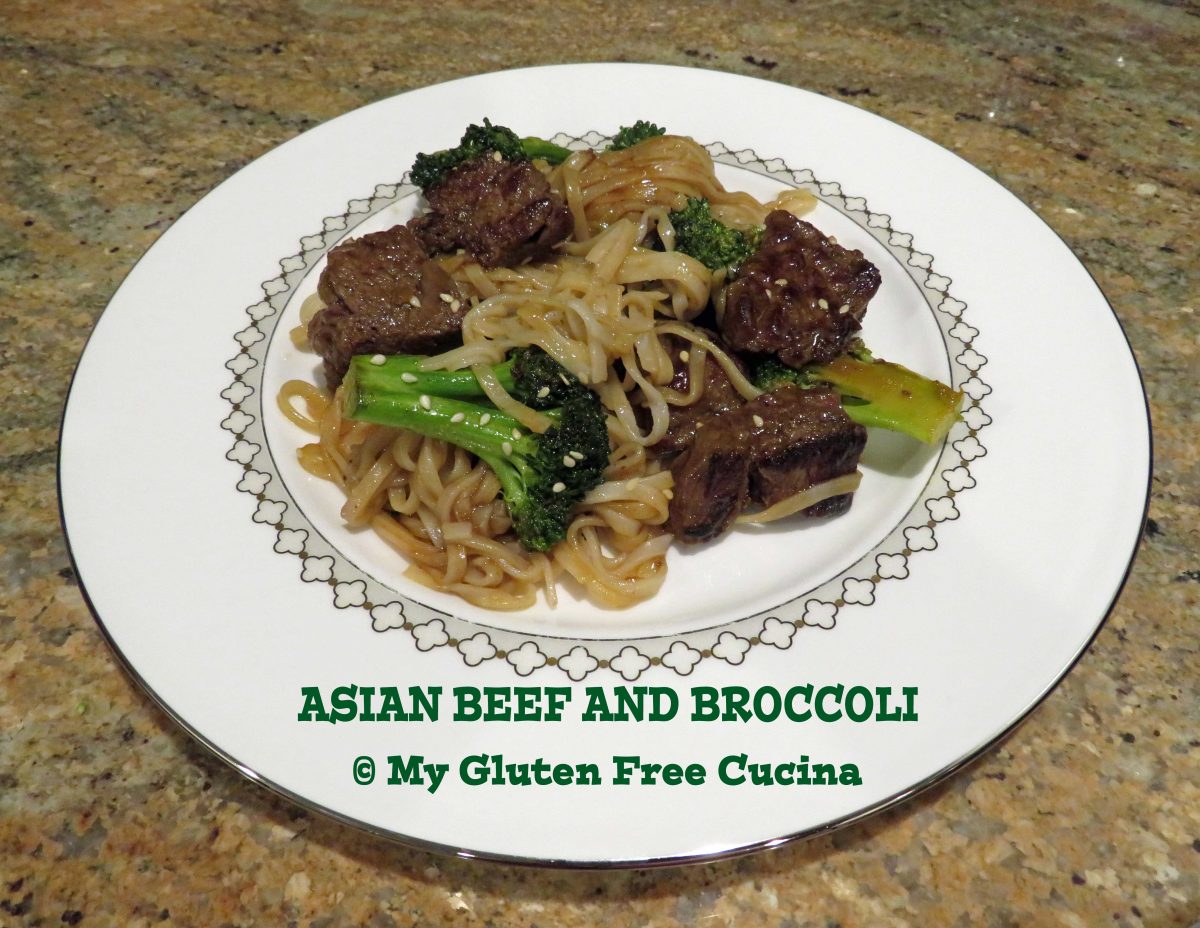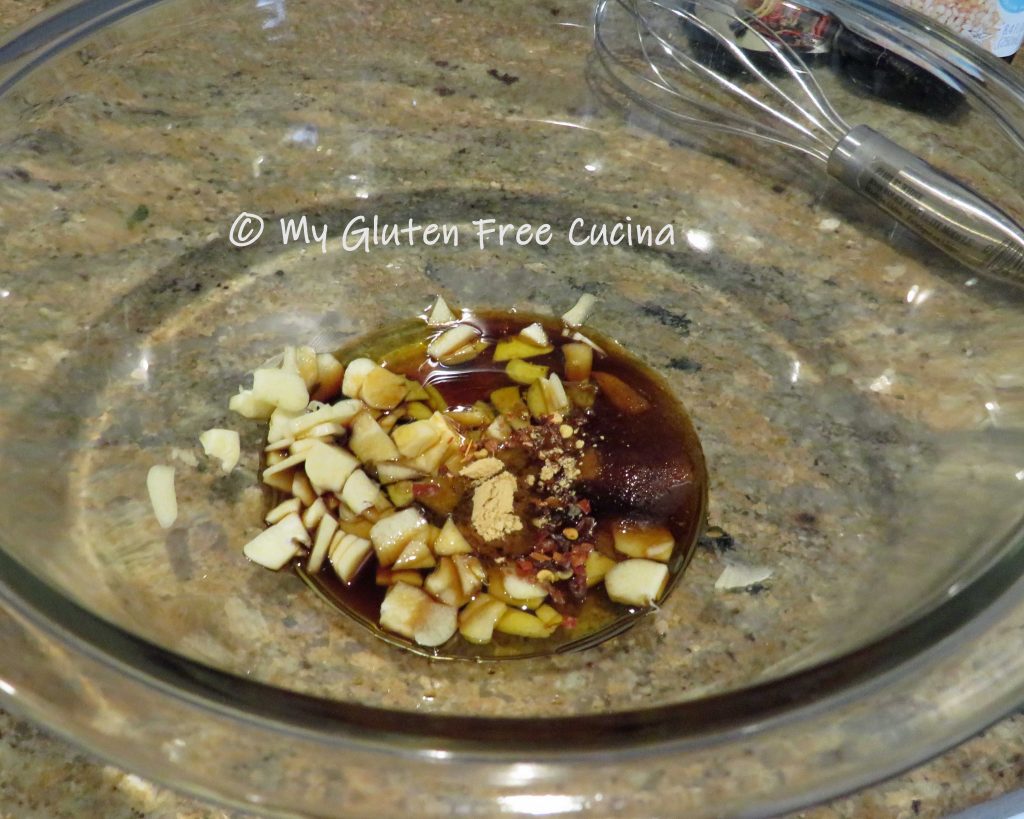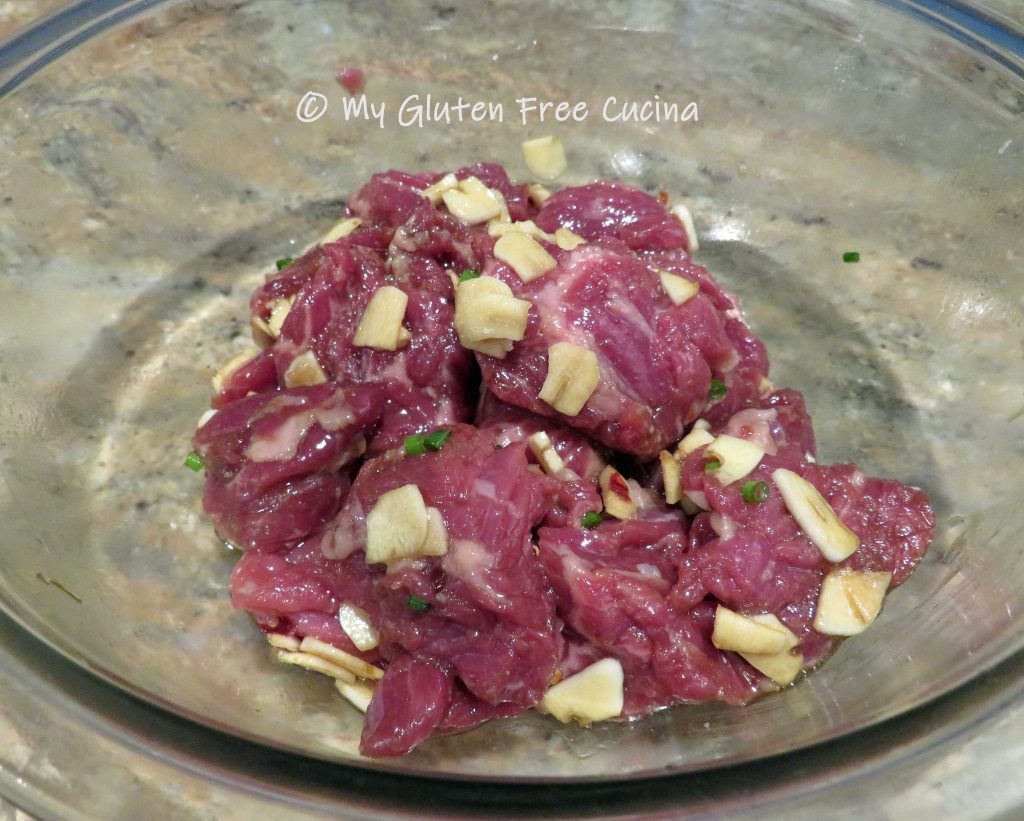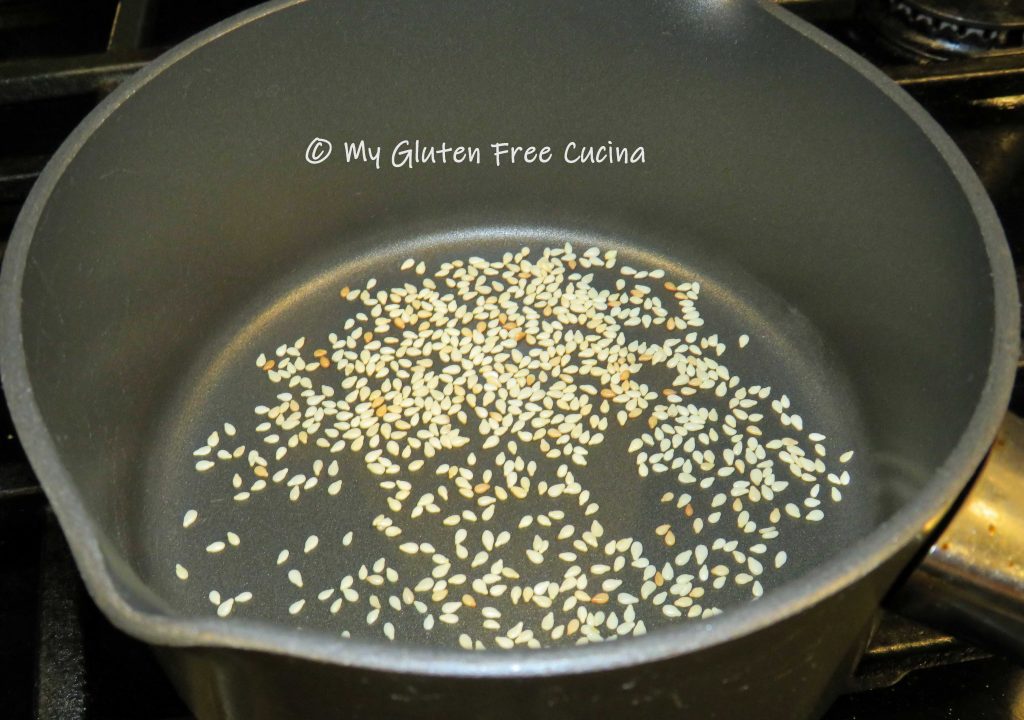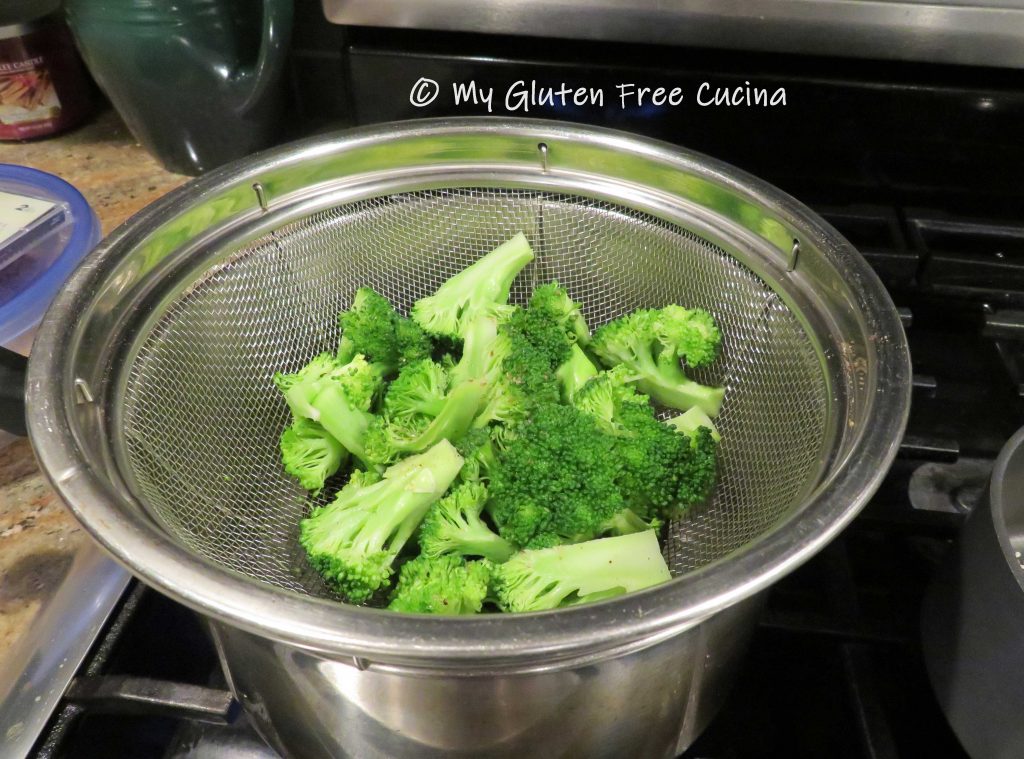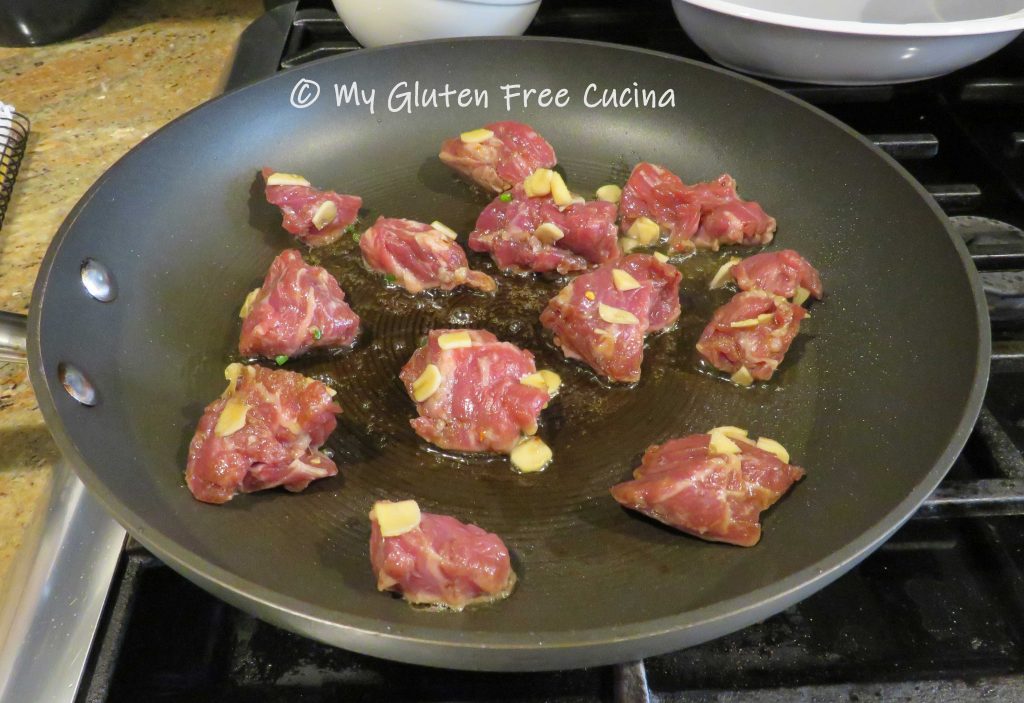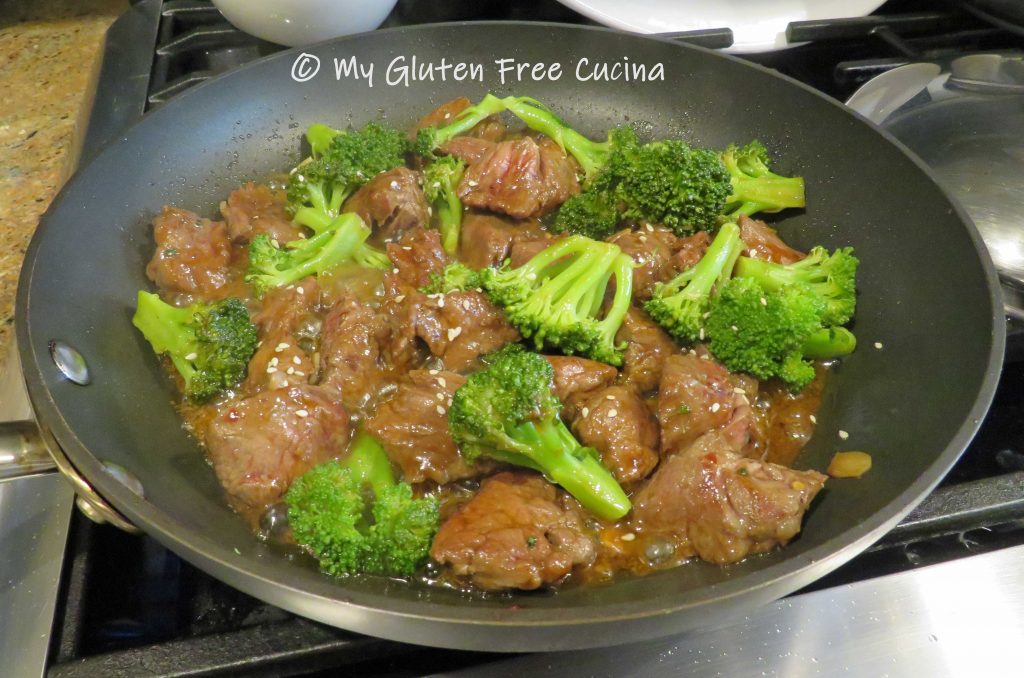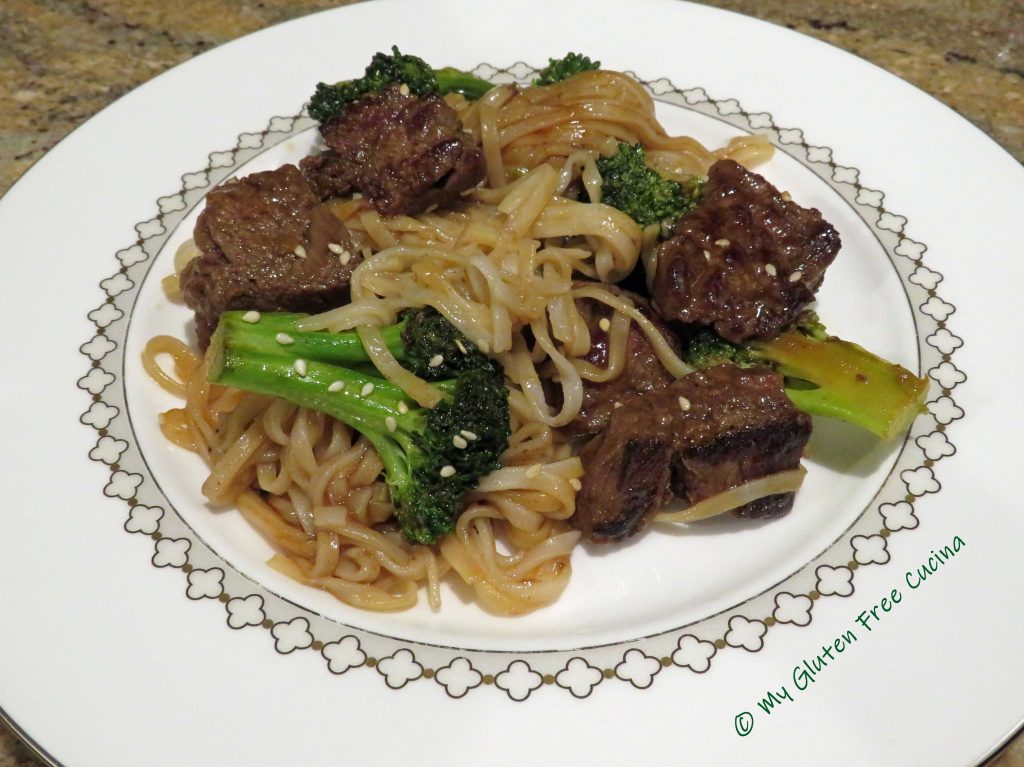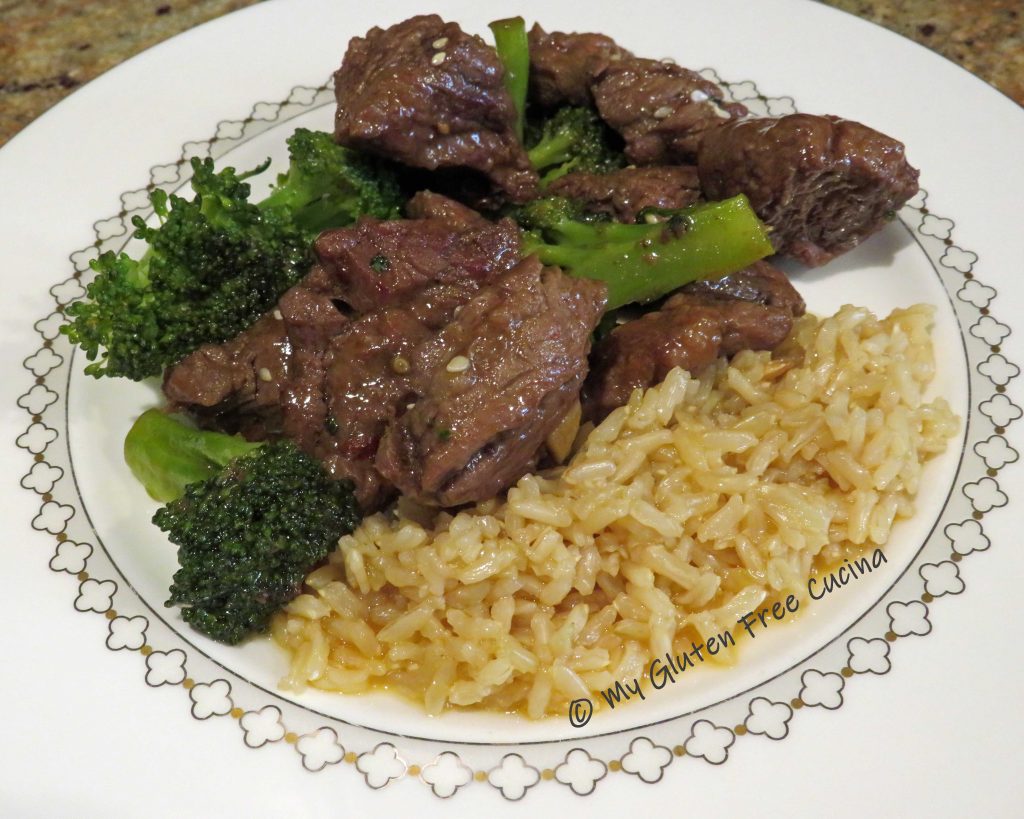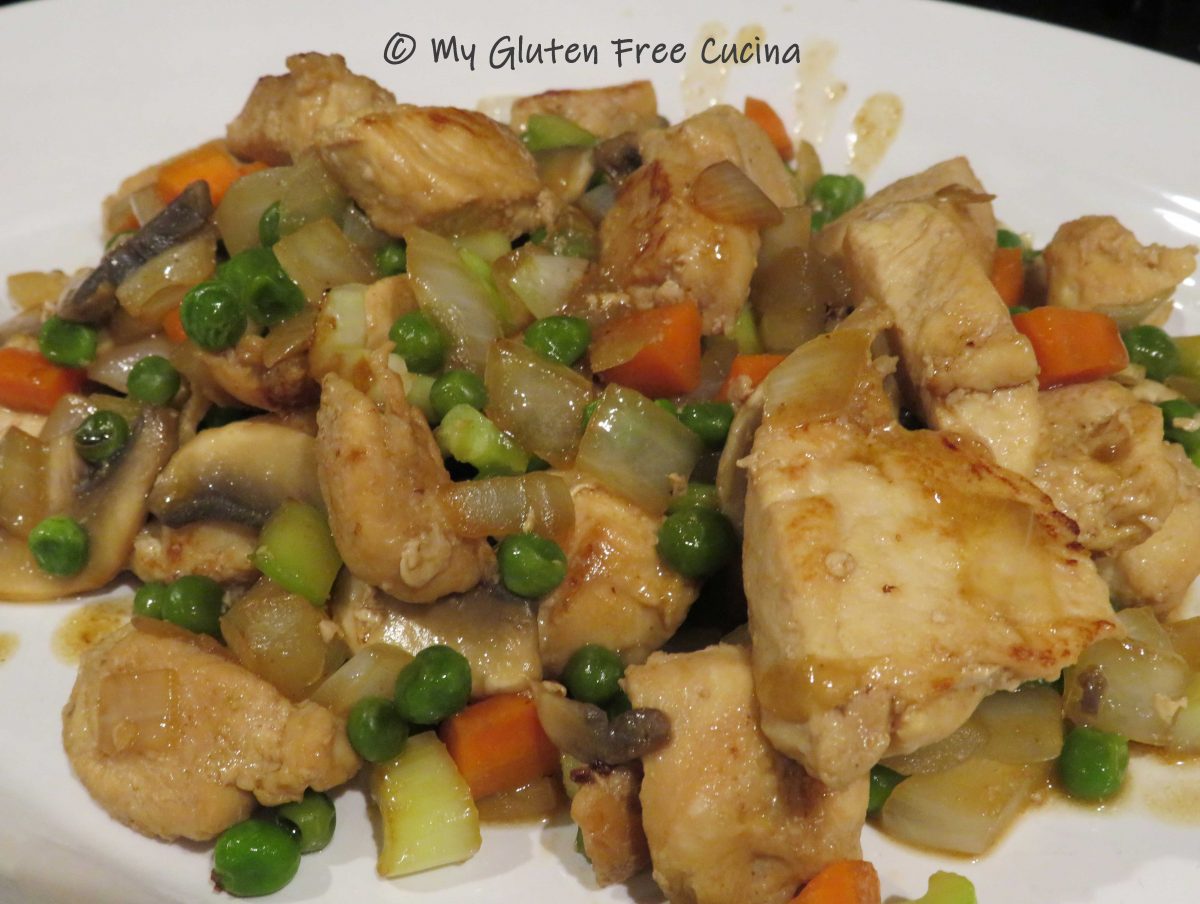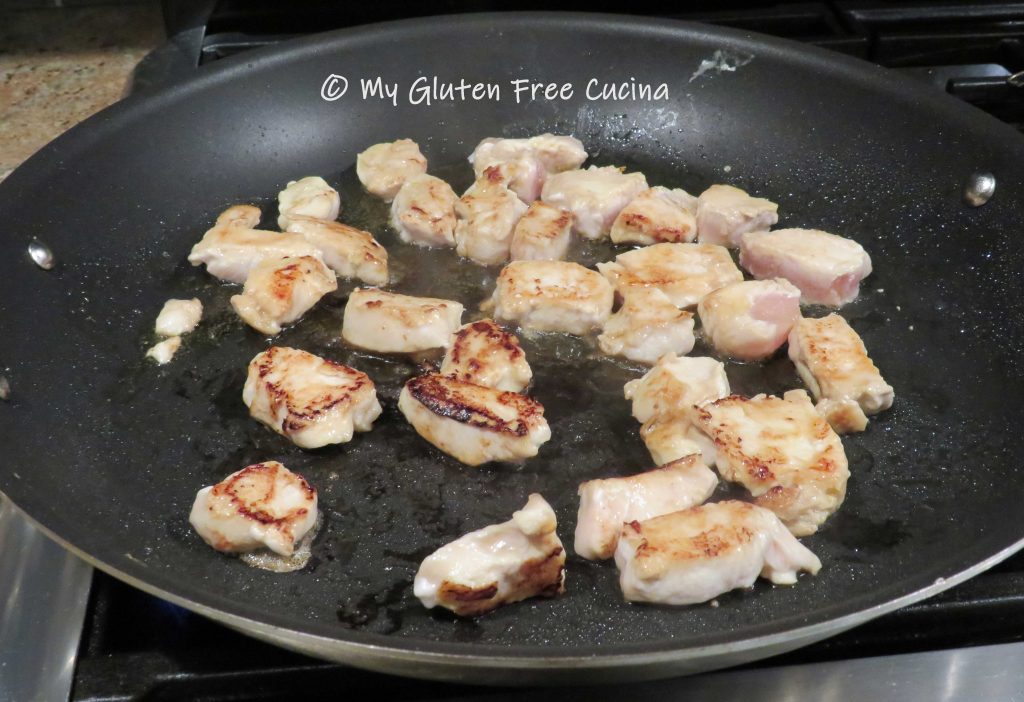One of the things I miss most since my Celiac diagnosis is Chinese takeout. Oh, how I loved those noodles, veggies and fried rice!
At first glance you might think that many of these dishes are gluten free, but did you know that soy sauce contains gluten? It’s true, traditional soy sauce is fermented with wheat, so it is off limits on the gluten free diet.
Fortunately, there are gluten free alternatives. For my Asian inspired dishes, I often use San-J Tamari in place of regular soy sauce. It’s brewed with soybeans and no wheat.

For those who need to be mindful of salt intake, Coconut Aminos can be a lower sodium alternative to gluten free soy sauce or tamari. It has that umami flavor profile, but with less salt.
Another favorite condiment, Hoisin Sauce can also be found in the Asian aisle in most markets. It’s sweeter and much thicker than soy sauce and can be used for glazing and dipping. In this recipe, I use all of these condiments to create a sweet and savory flavor profile.

This post contains affiliate links.
4 servings
Ingredients:
- 1 cup uncooked long grain white rice
- 2 cups water
- 1/2 tsp. salt
- 14.4 oz. bag frozen stir fry vegetables (or fresh veggie combo of your choice)
- 1 lb. pork tenderloin
- salt and pepper
- garlic powder
- ginger powder
- 1 egg
- 1 tbsp. water
- olive oil
- sesame oil
- cooking spray
- gluten free Hoisin sauce
- gluten free Tamari, or Coconut Aminos
- fresh scallions for garnish
- sesame seeds for garnish
 Preparation:
Preparation:
Cook the rice according to package directions and set aside to cool. This step can be done ahead, in fact the rice works better in this recipe if it has been cooked in advance and refrigerated.
While the rice cooks, prep all the vegetables. Using a frozen stir fry blend like this one is a real time saver.
 I did think the veggies were a bit large for fried rice, so I cut them into smaller pieces. Season the veggies with salt and pepper to taste. Sprinkle with garlic and ginger powder and leave them out to defrost.
I did think the veggies were a bit large for fried rice, so I cut them into smaller pieces. Season the veggies with salt and pepper to taste. Sprinkle with garlic and ginger powder and leave them out to defrost.

Preheat the oven to 375º. Arrange the tenderloin on a foil lined baking sheet. Sprinkle both sides with salt, pepper, garlic powder and ginger.
Insert an oven safe thermometer in the thickest part of the tenderloin and roast until it reaches 120º. Brush the roast with hoisin sauce and return to the oven until the internal temperature reaches 140º. When the meat is done, let it rest for 10 minutes.
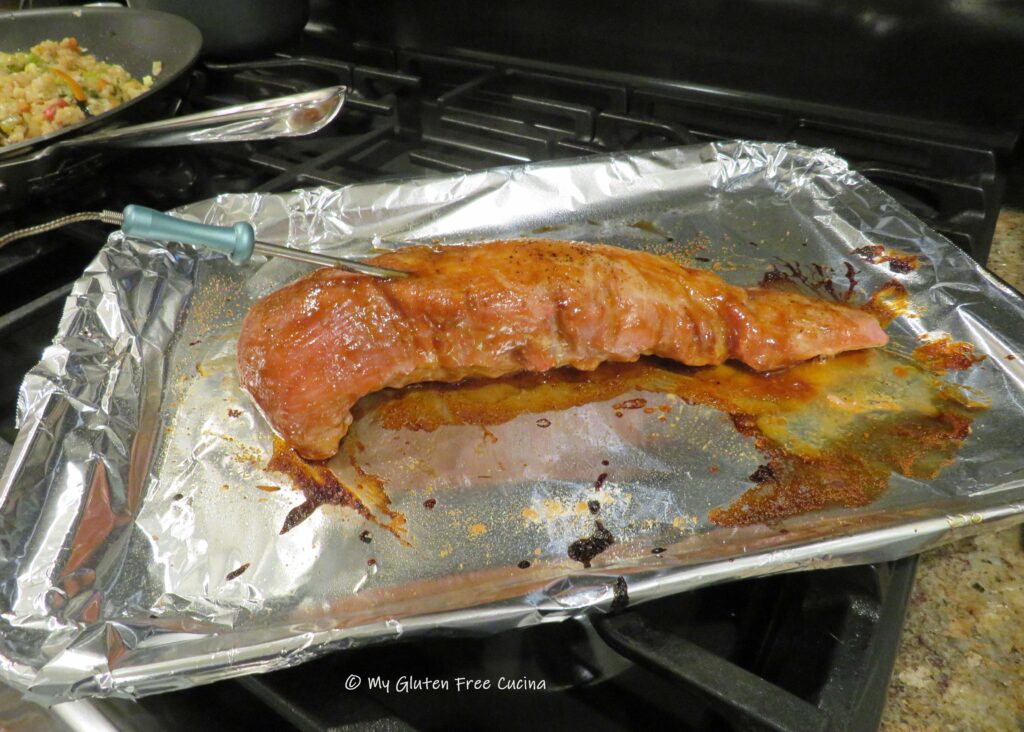
For the rice, heat a large nonstick skillet over medium low and mist with cooking spray (I like Bertolli because it doesn’t damage my nonstick pans). Whisk the egg with 1 tbsp. water and scramble. Crumble the egg and set aside.
Next, add a little olive oil to the skillet with the veggies. Drizzle with just a little sesame oil, and sprinkle salt, pepper, garlic and ginger. When cooked through, add a few shakes of Tamari or Coconut Aminos.
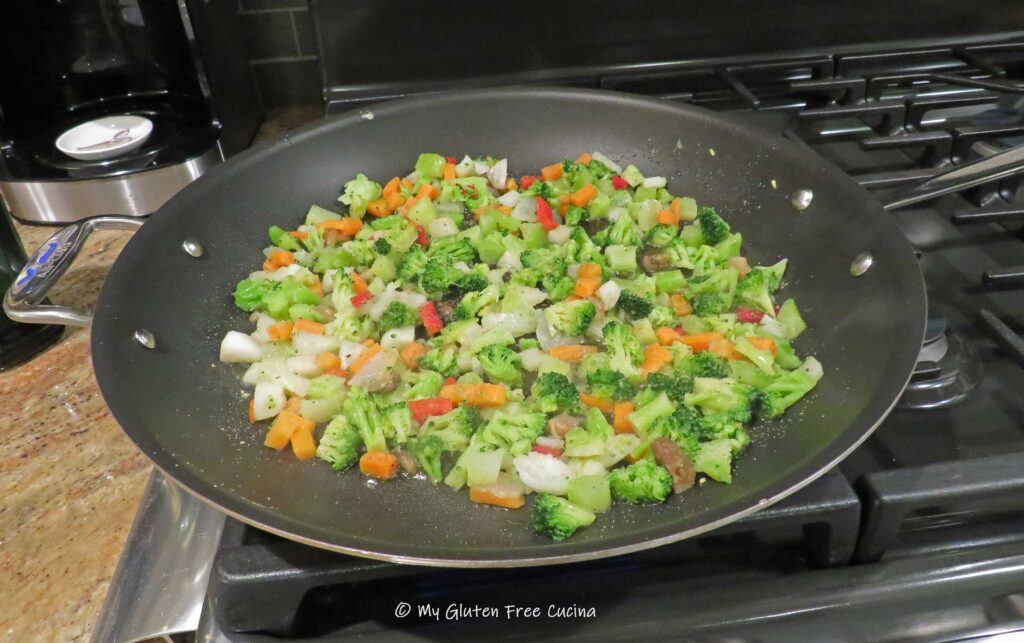
Add the cooked rice and egg back to the skillet, with more sesame oil, Tamari and/or coconut aminos. The amount you add is up to you, just taste as you go.

To plate, transfer the fried rice to a serving dish. Slice the tenderloin and arrange it over the rice. Drizzle hoisin sauce over the pork, and garnish with scallions and sesame seeds.

This Asian inspired dish is better than any restaurant! It has all the flavors that you have been missing, minus the gluten! Everyone in your family will love it!
Notes ♪♫ Gluten free Asian condiments can be found in most markets and online. Some of my favorite brands are San J, Sun Luck, and Coconut Secret. Always look for the gluten free label, as some brands will have both a regular and gluten free version of the same product.
Originally posted 10/21/2019 * Updated and rephotographed 11/20/2024



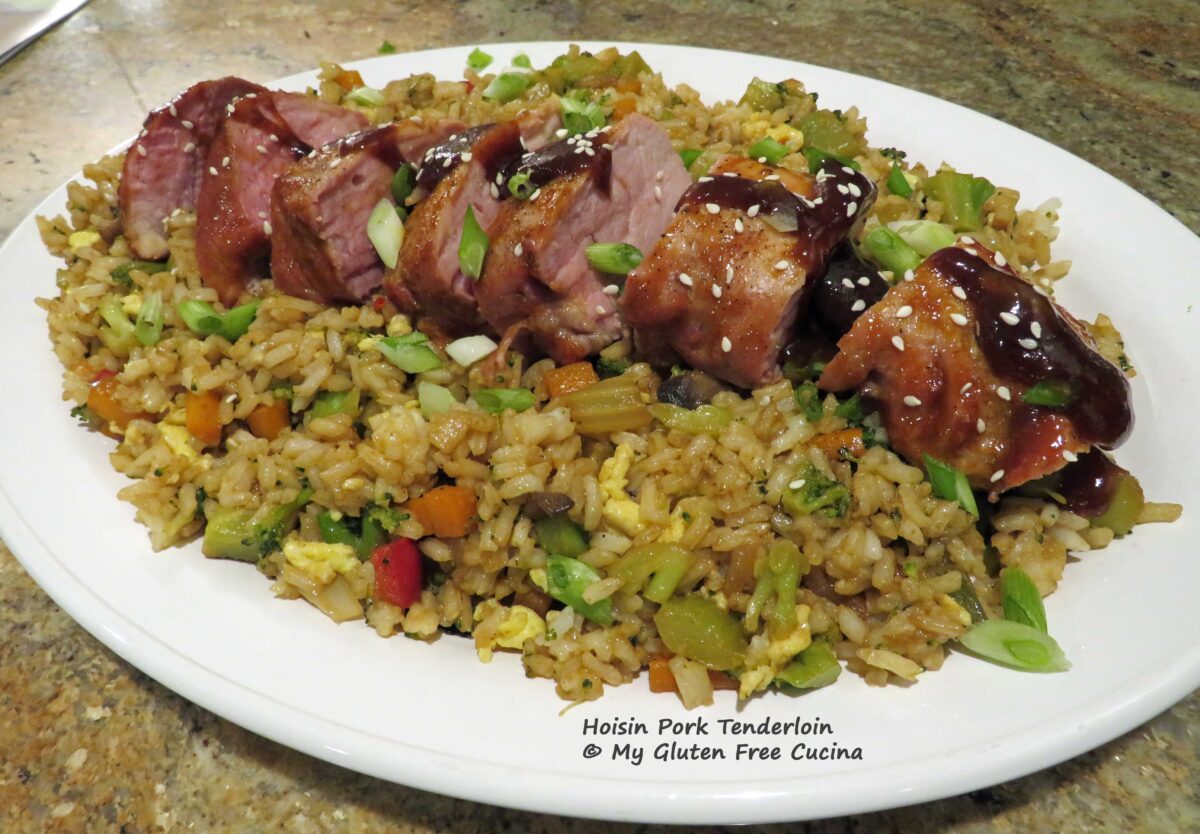
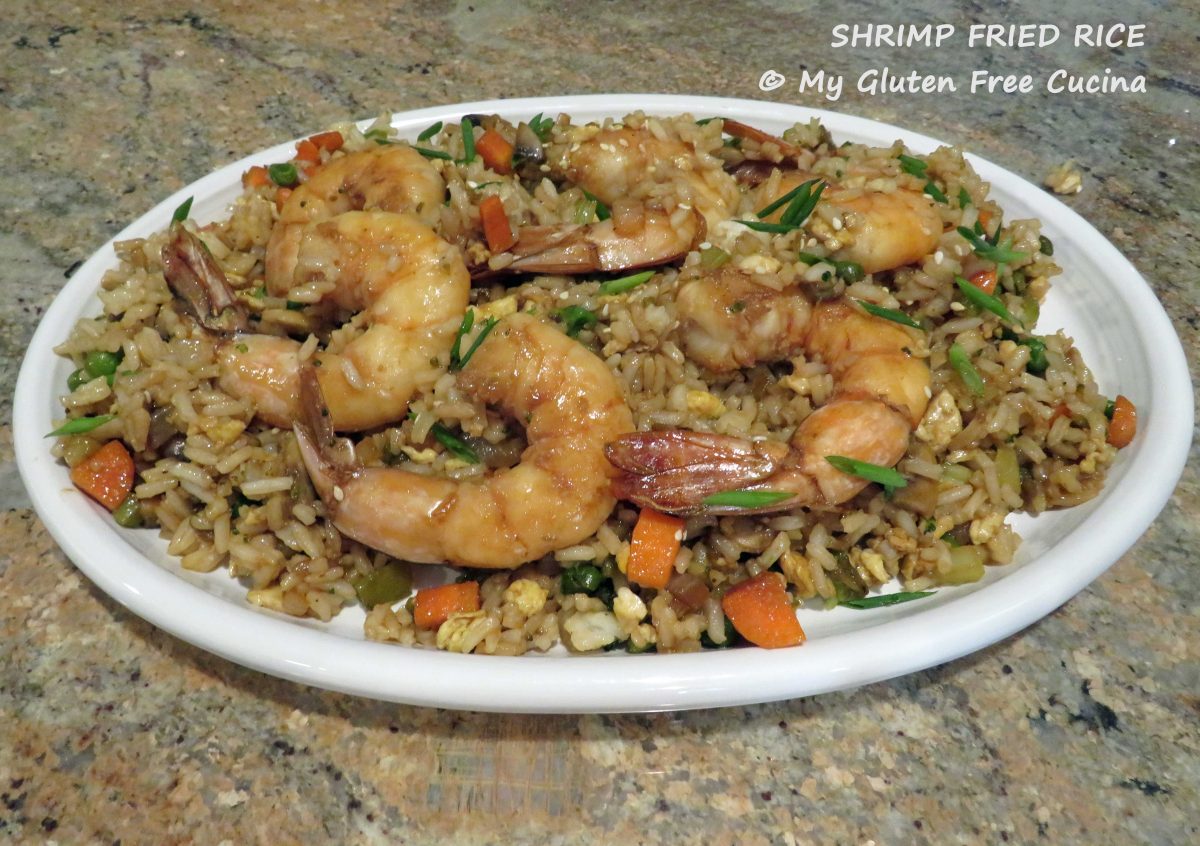
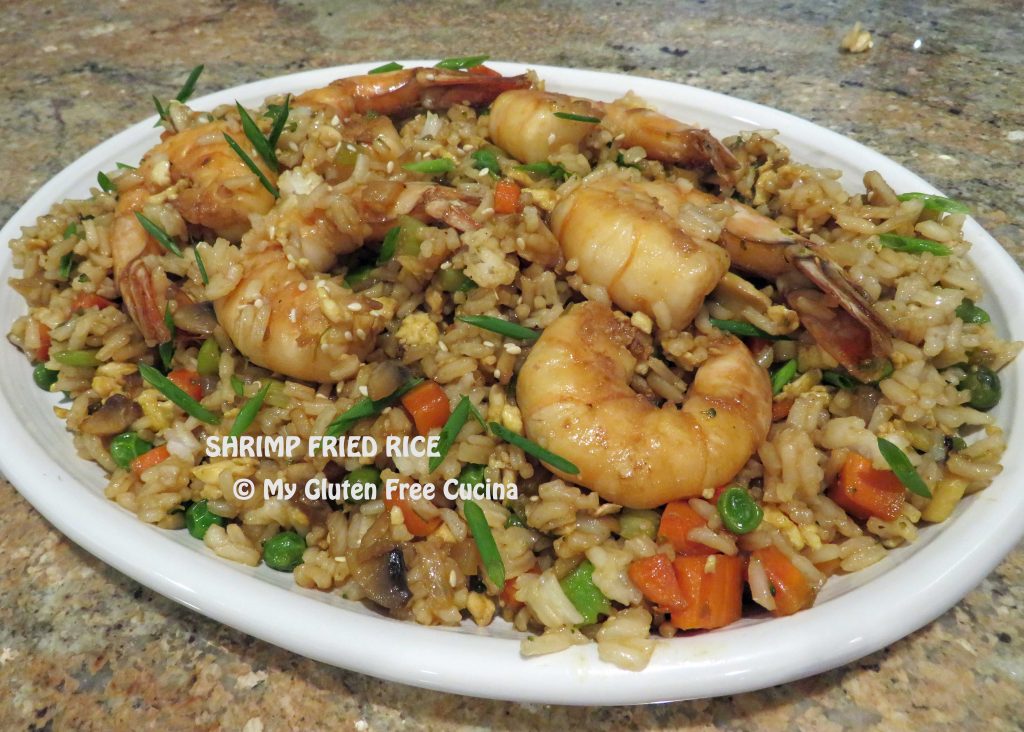
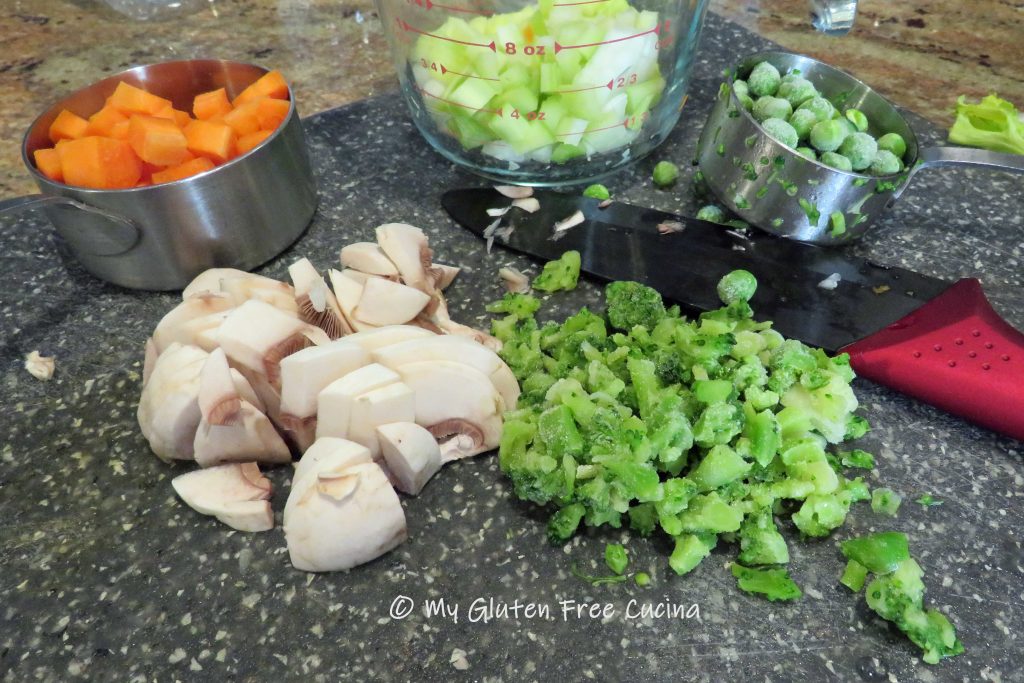
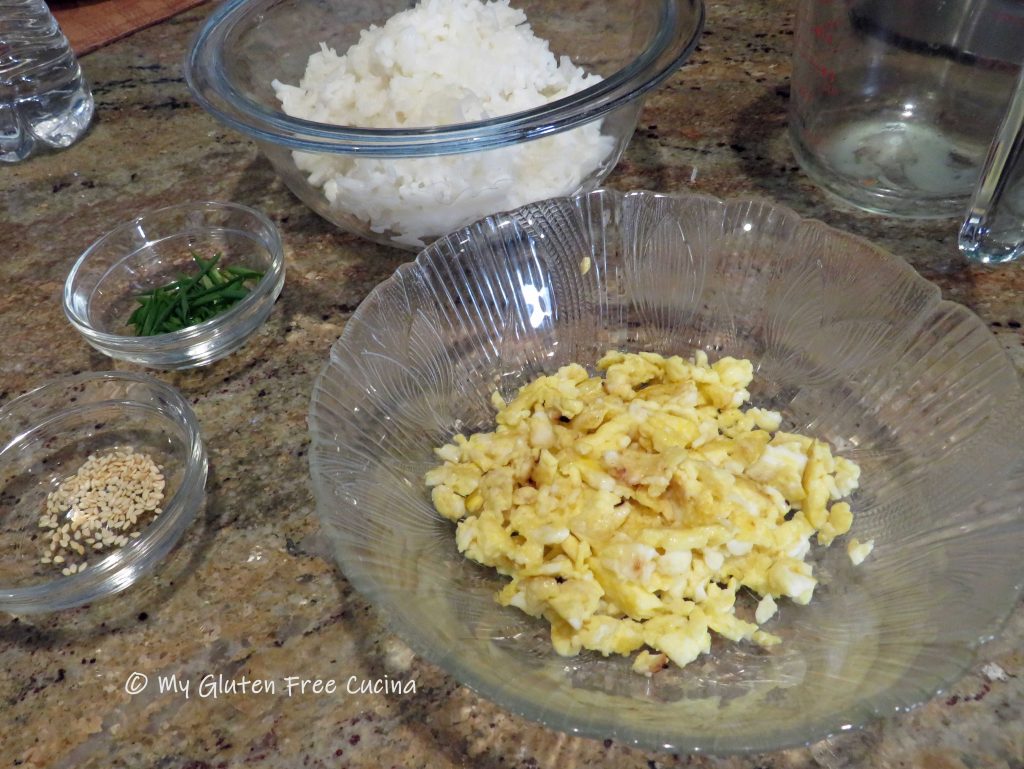
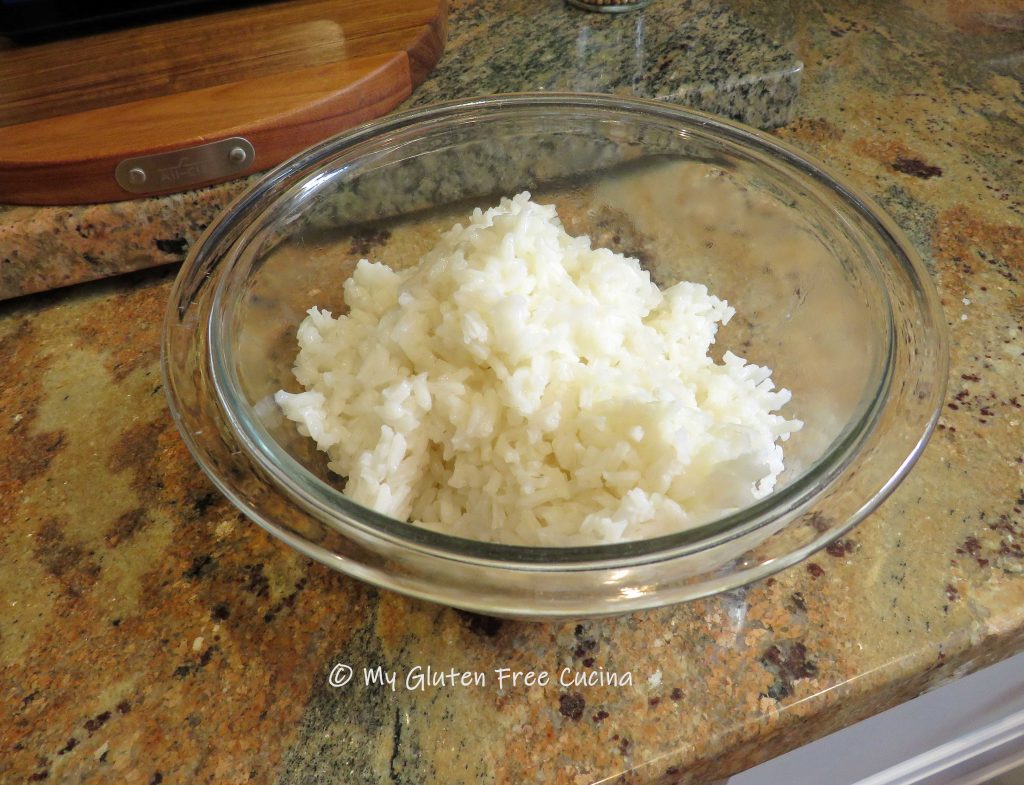
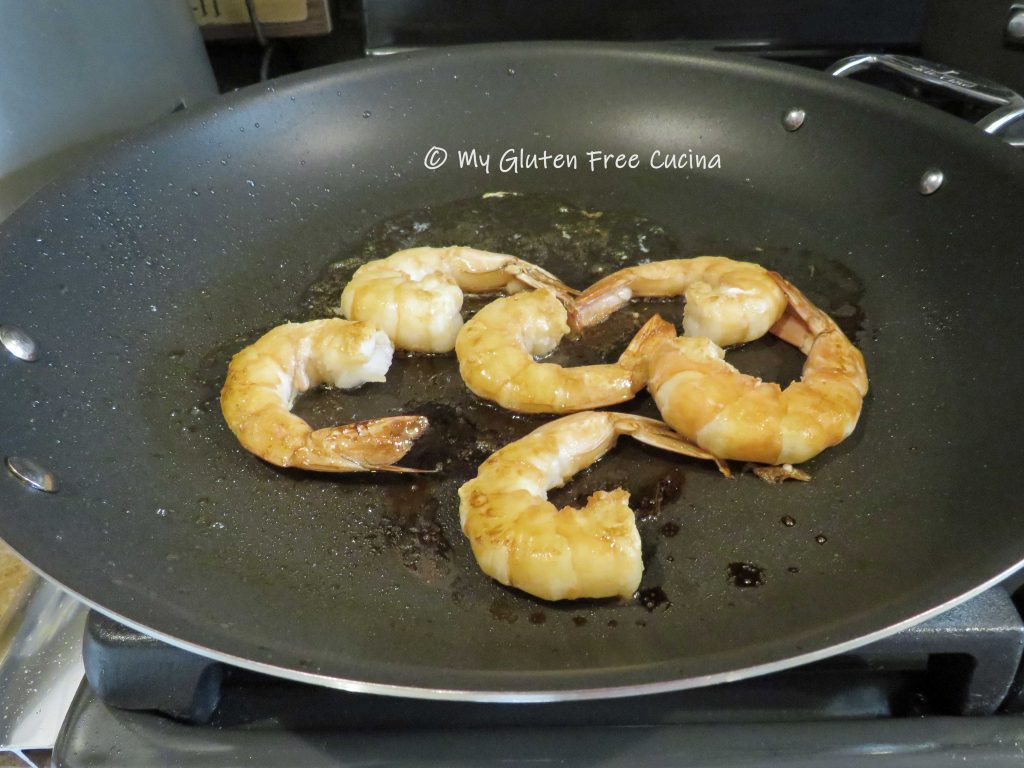
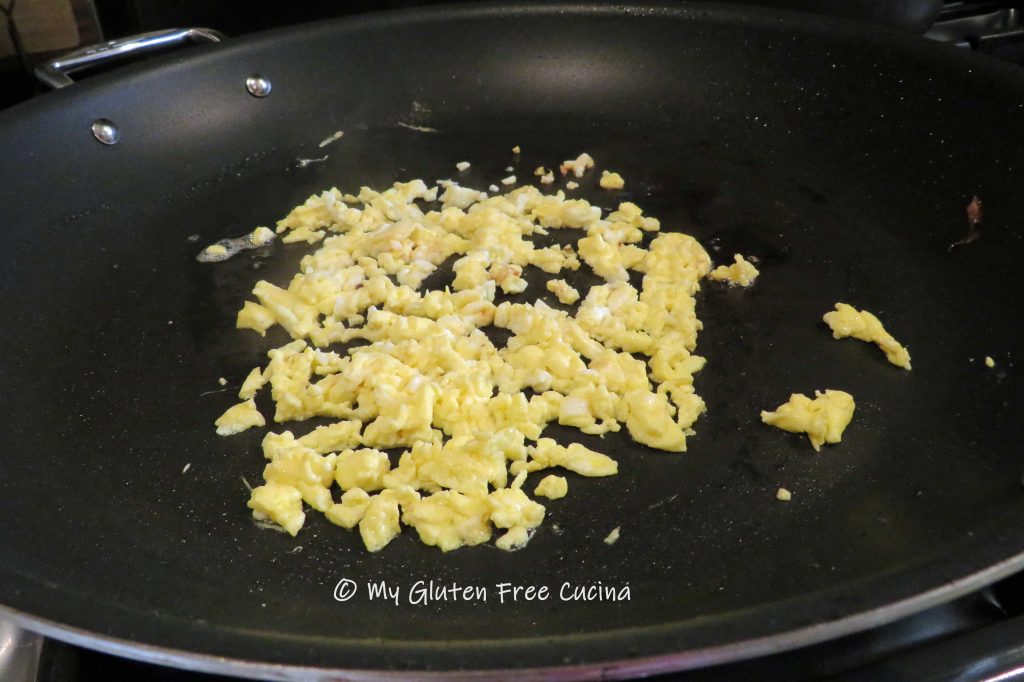
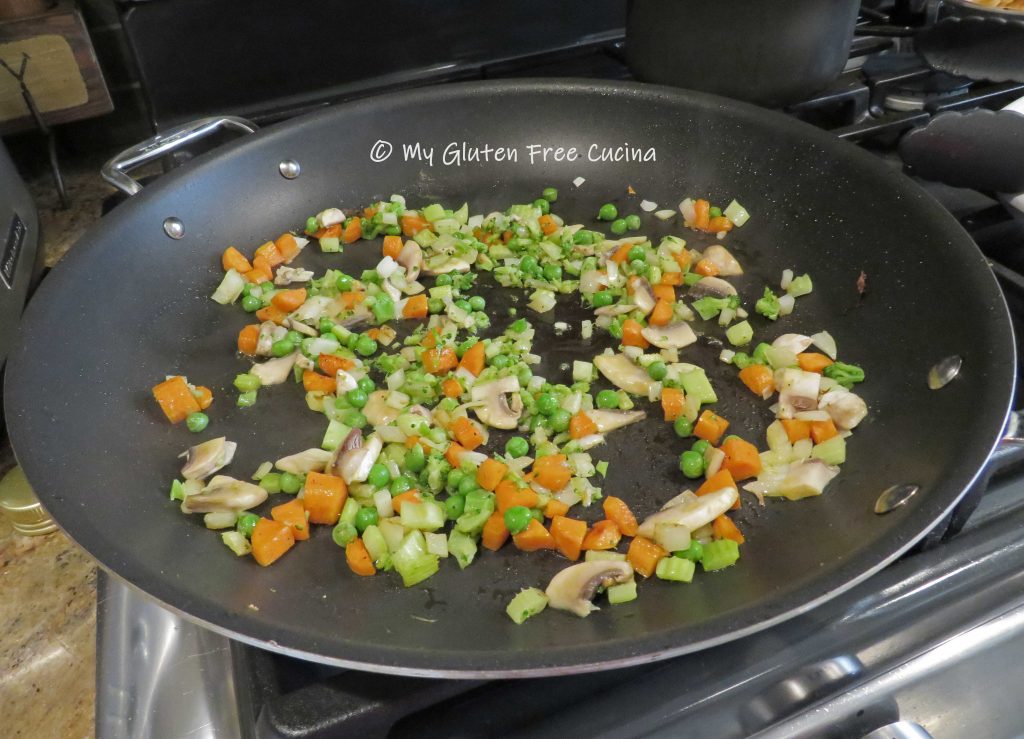
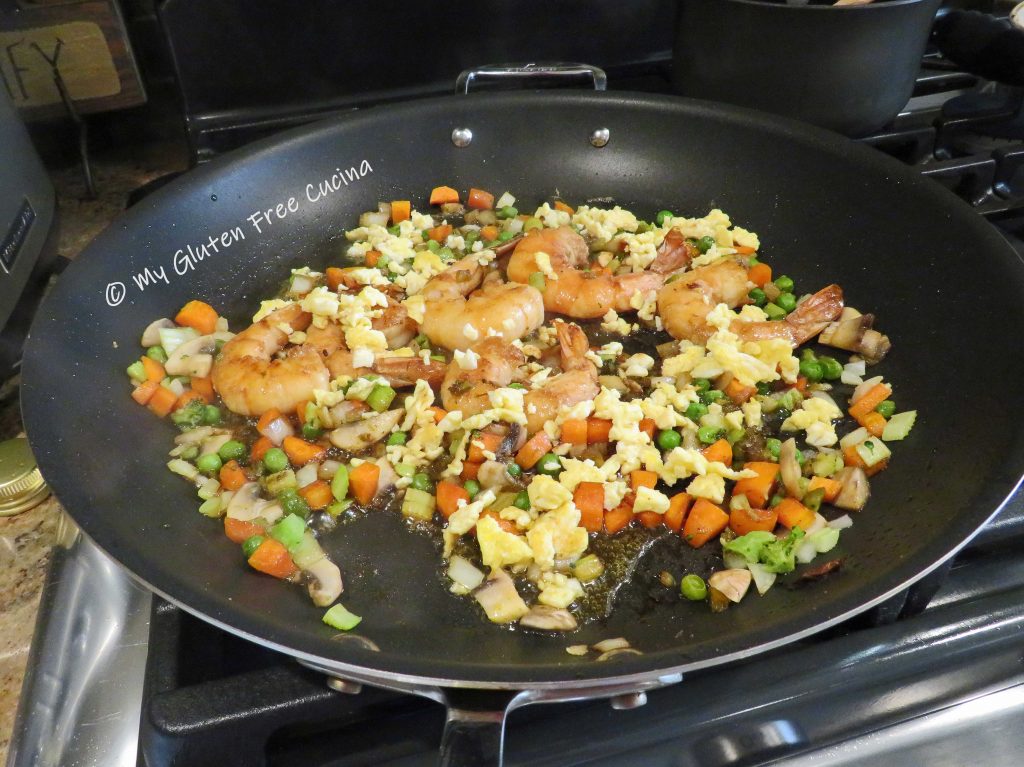
 Transfer to a
Transfer to a 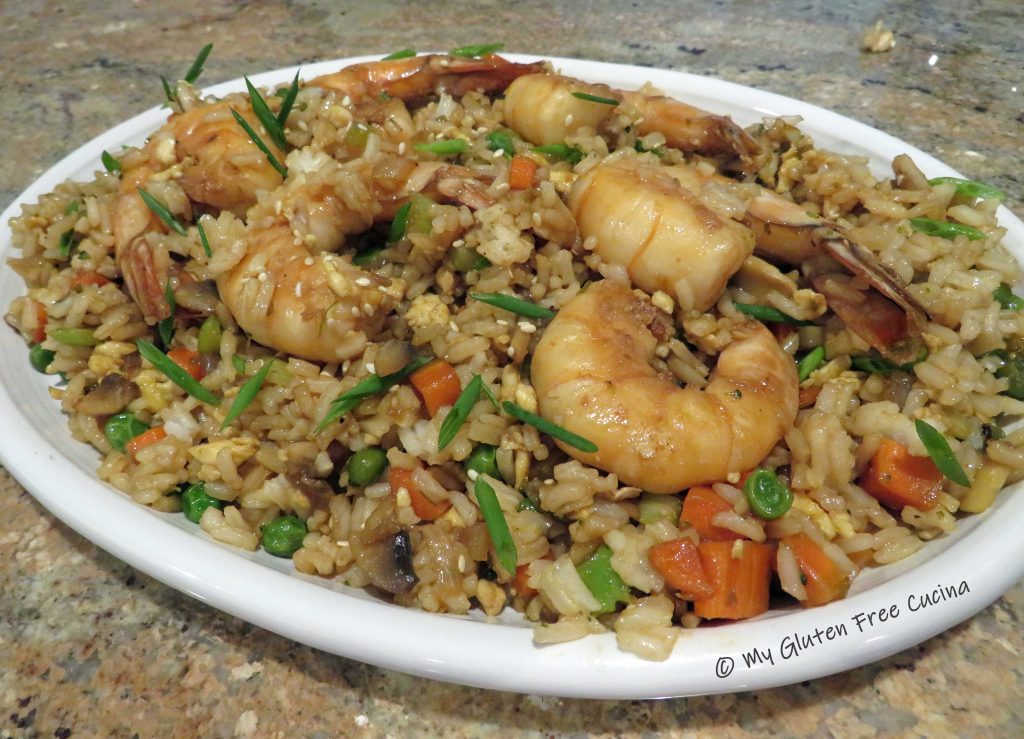

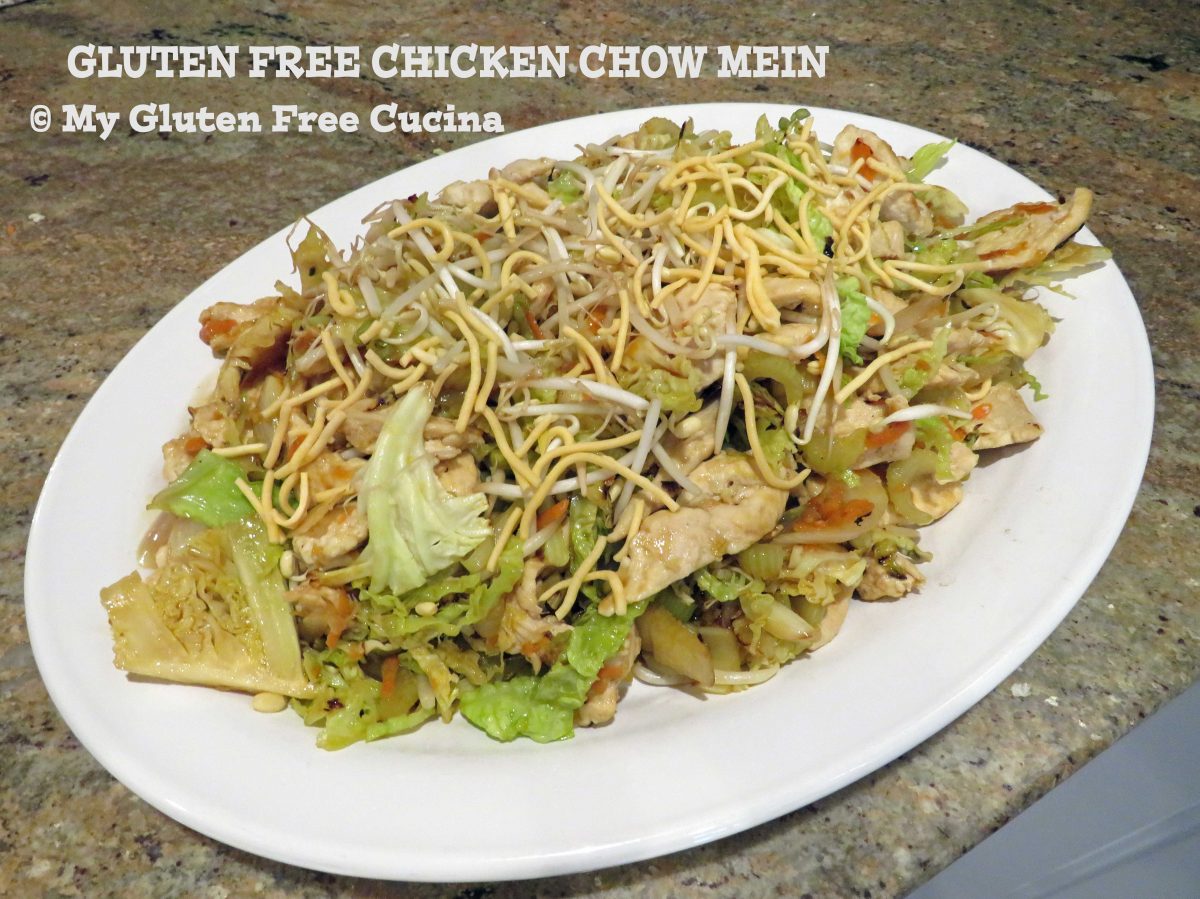
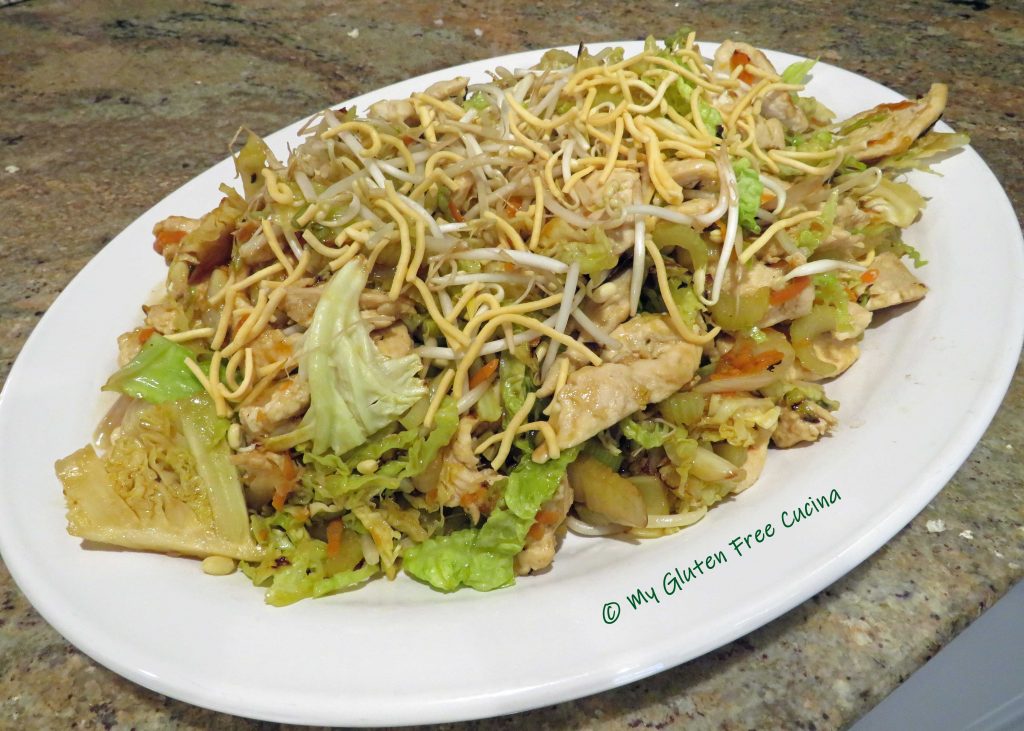

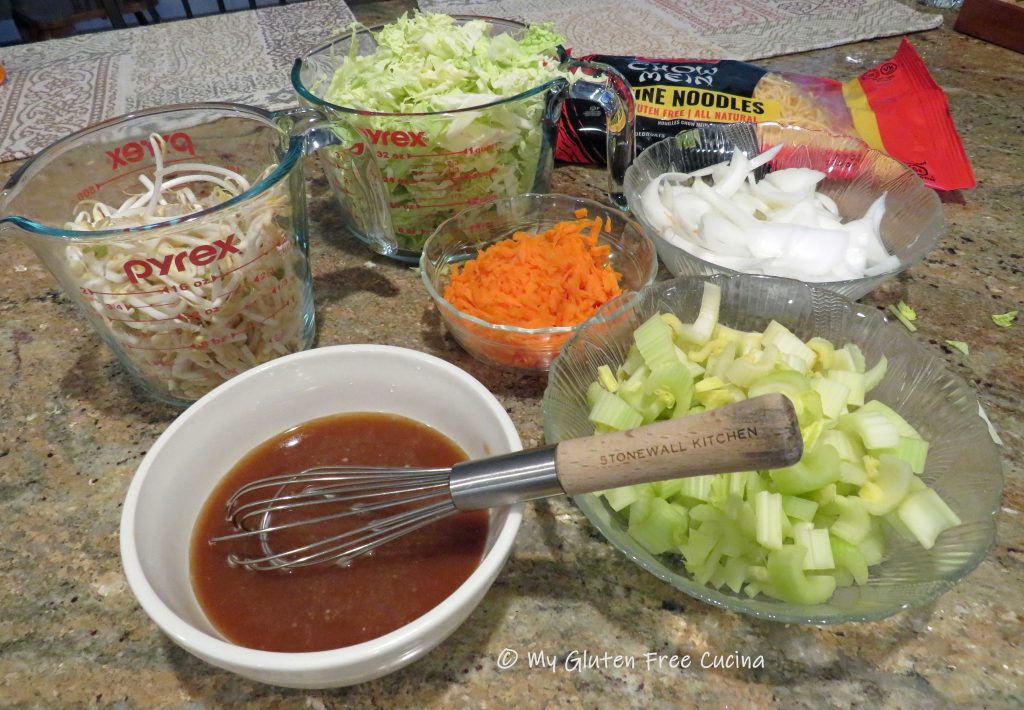
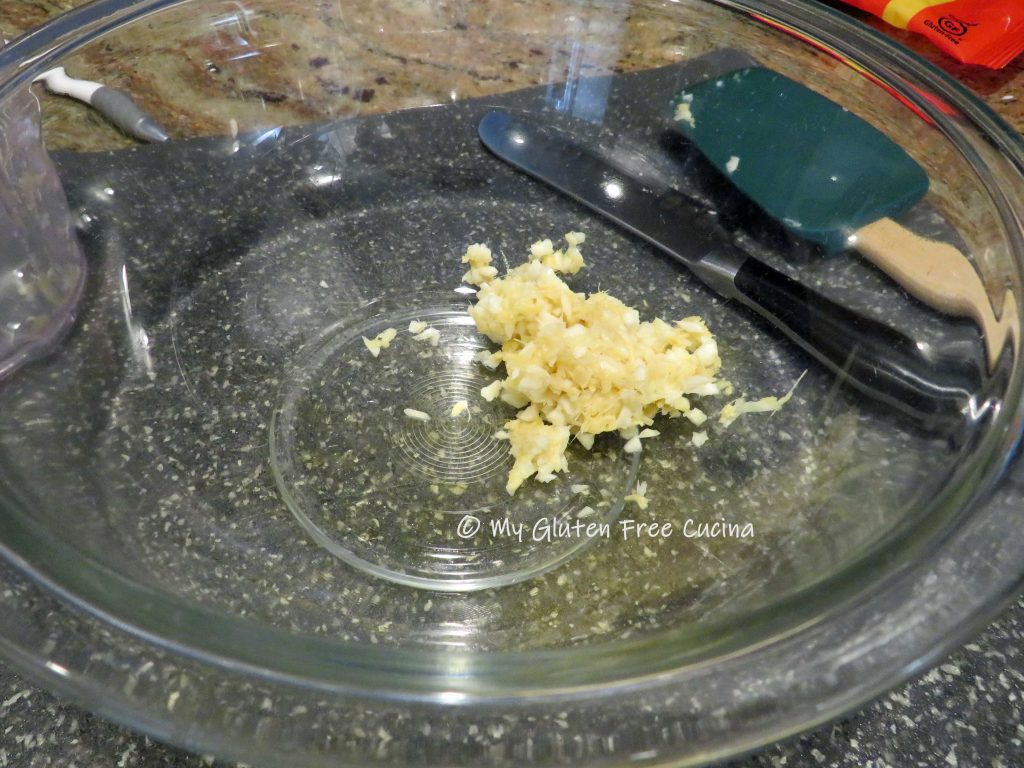


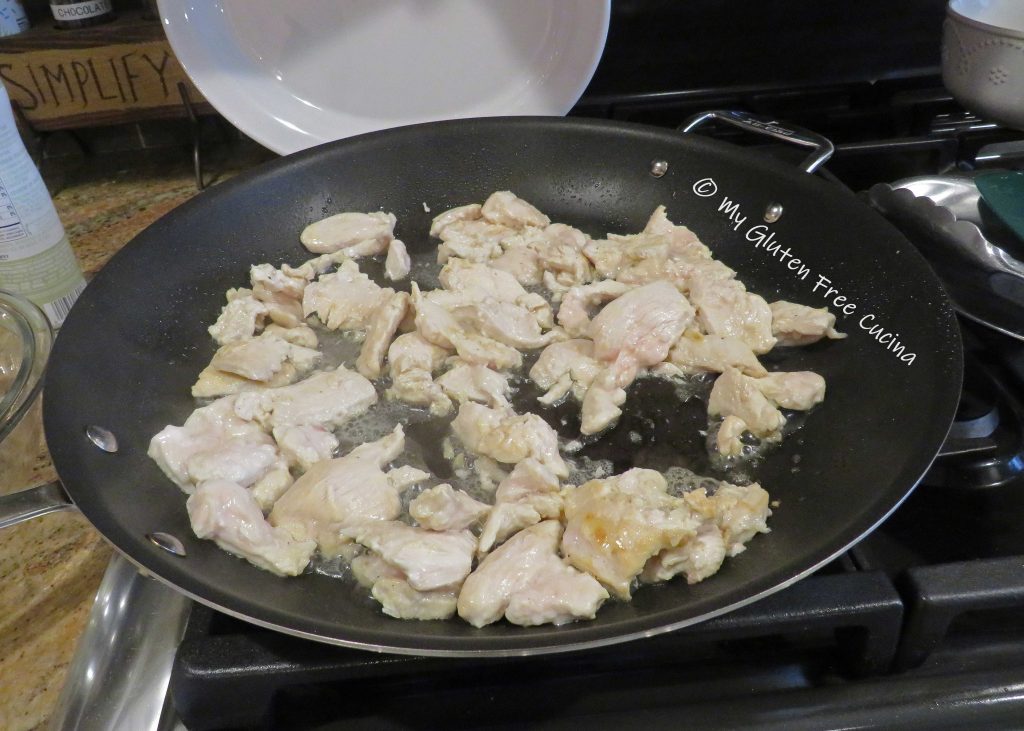
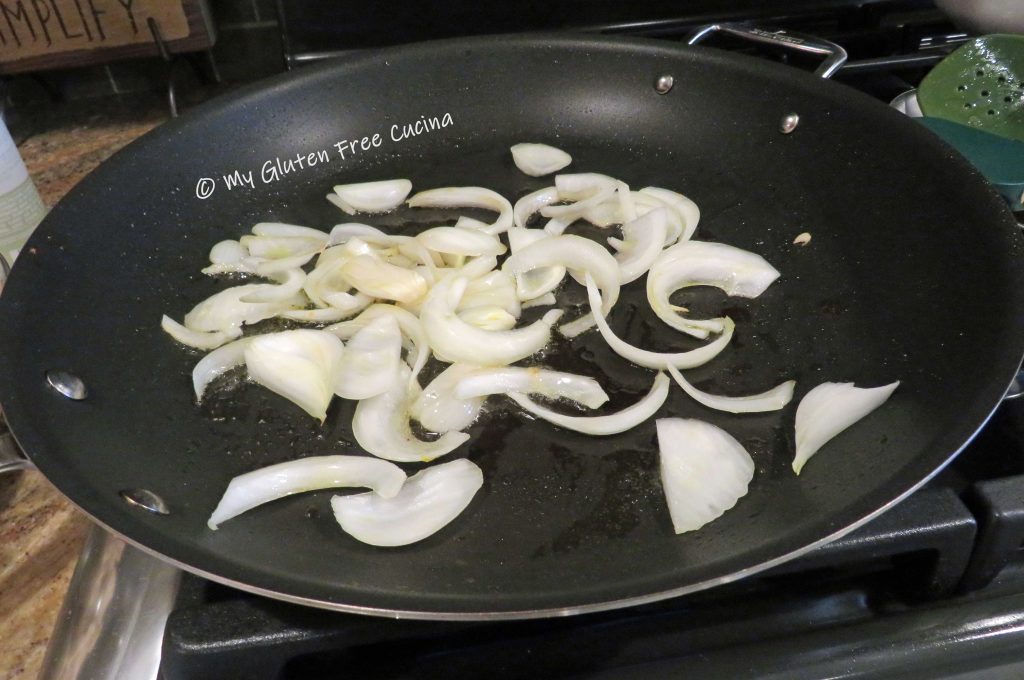
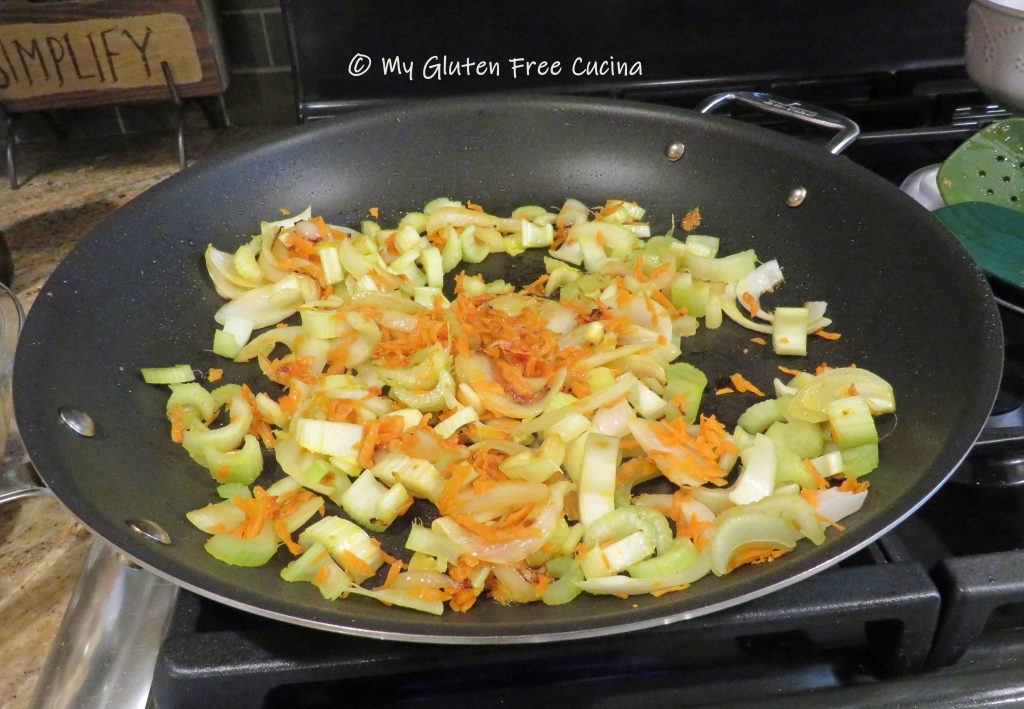
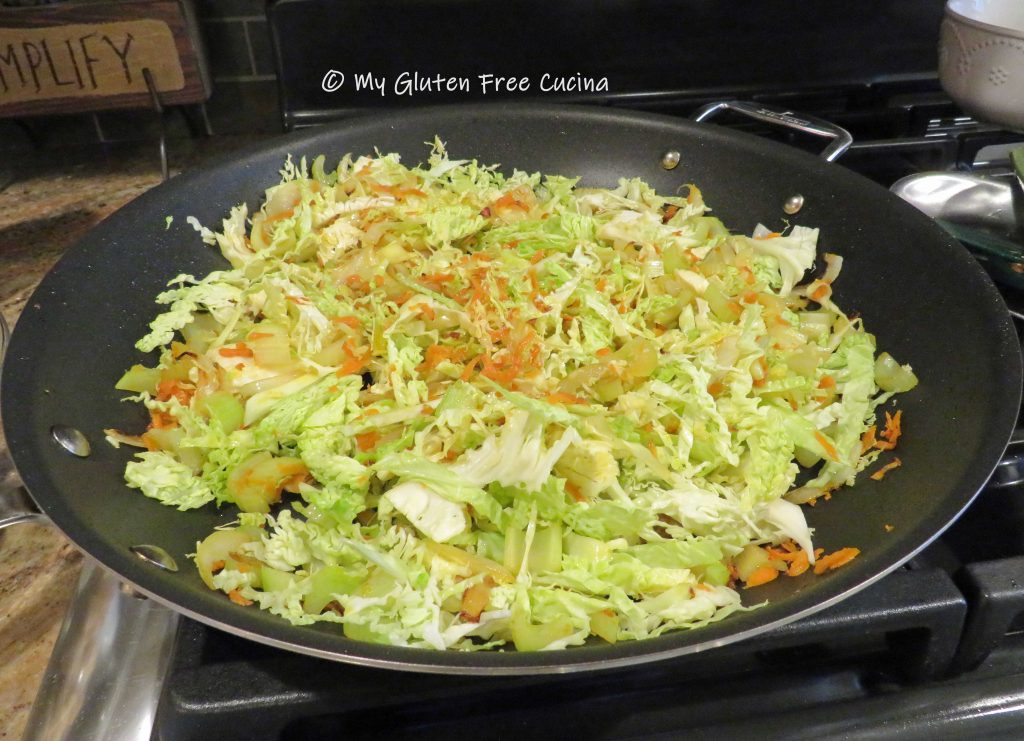
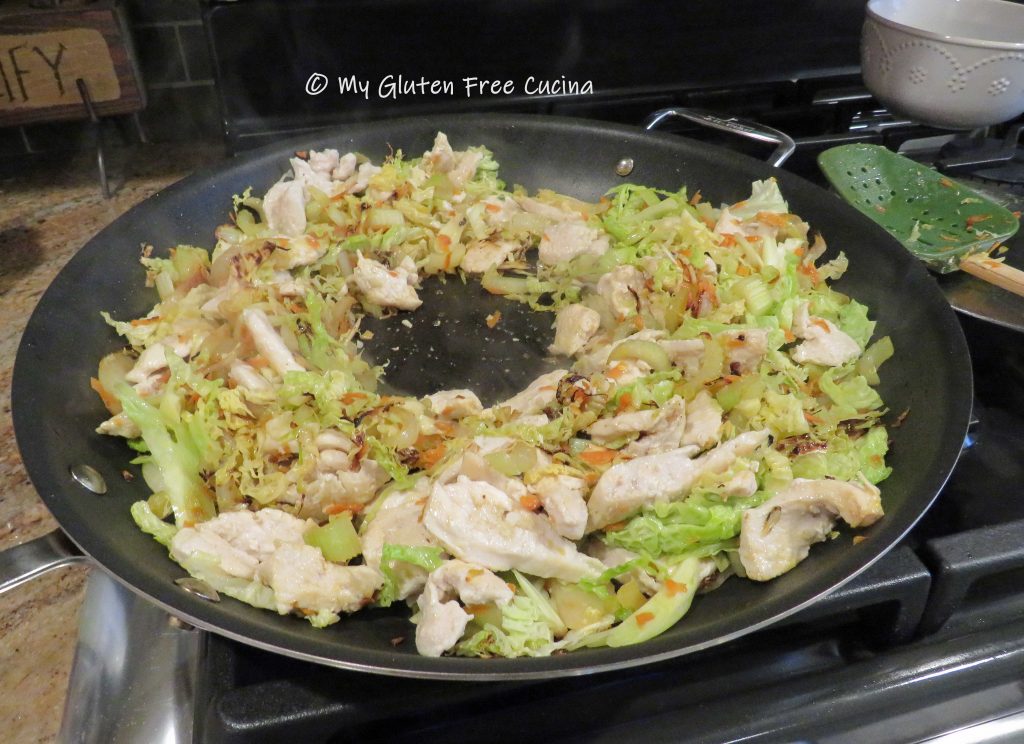
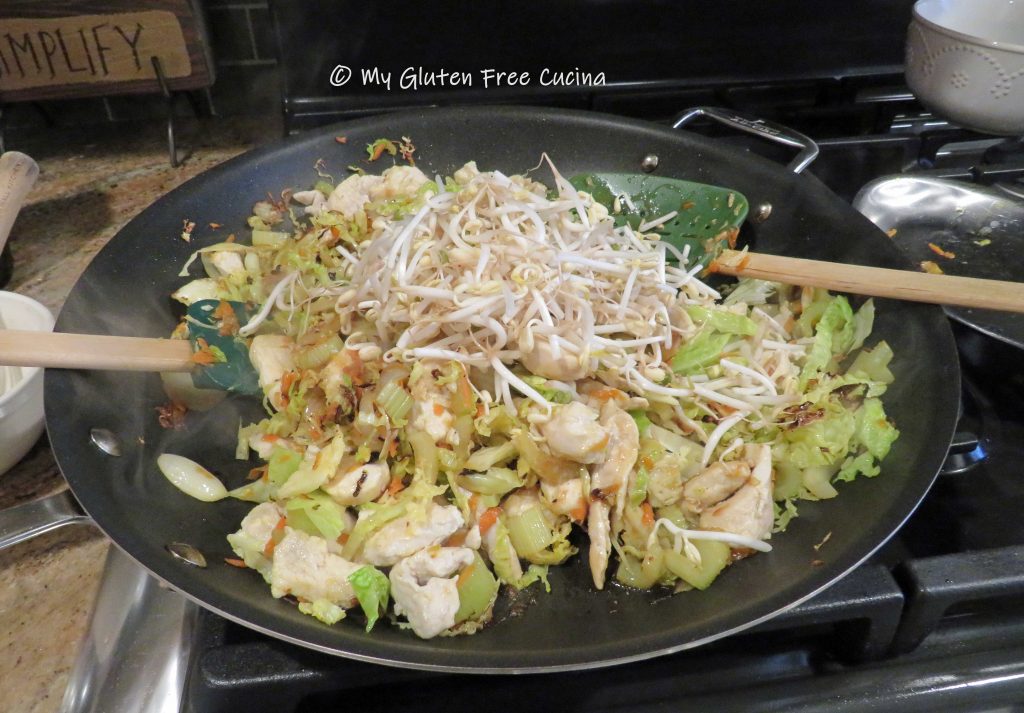
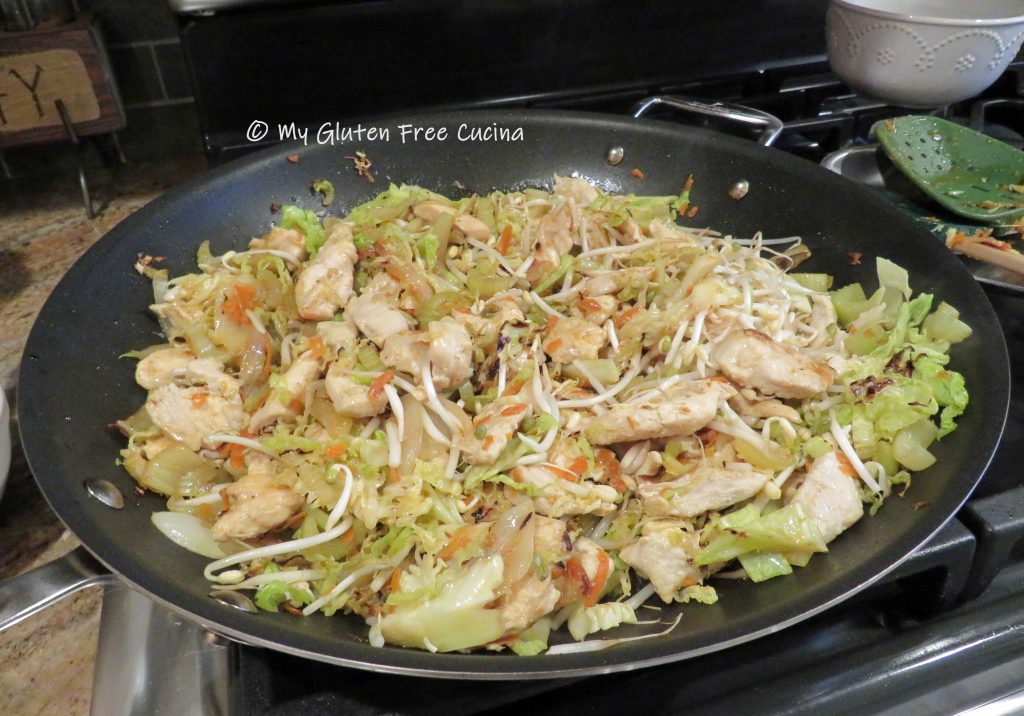
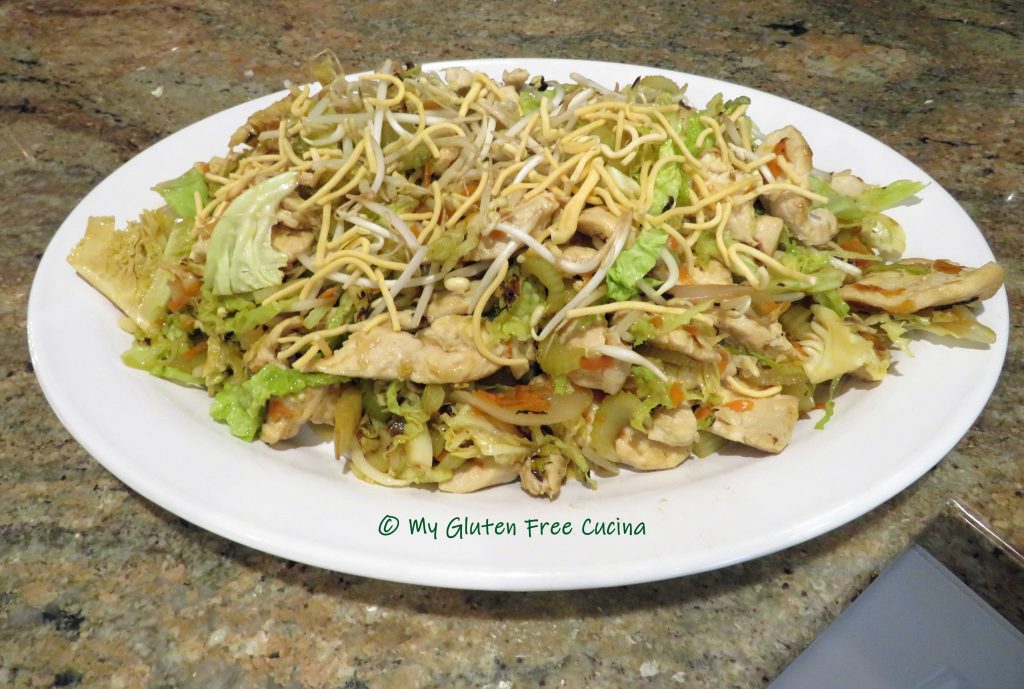
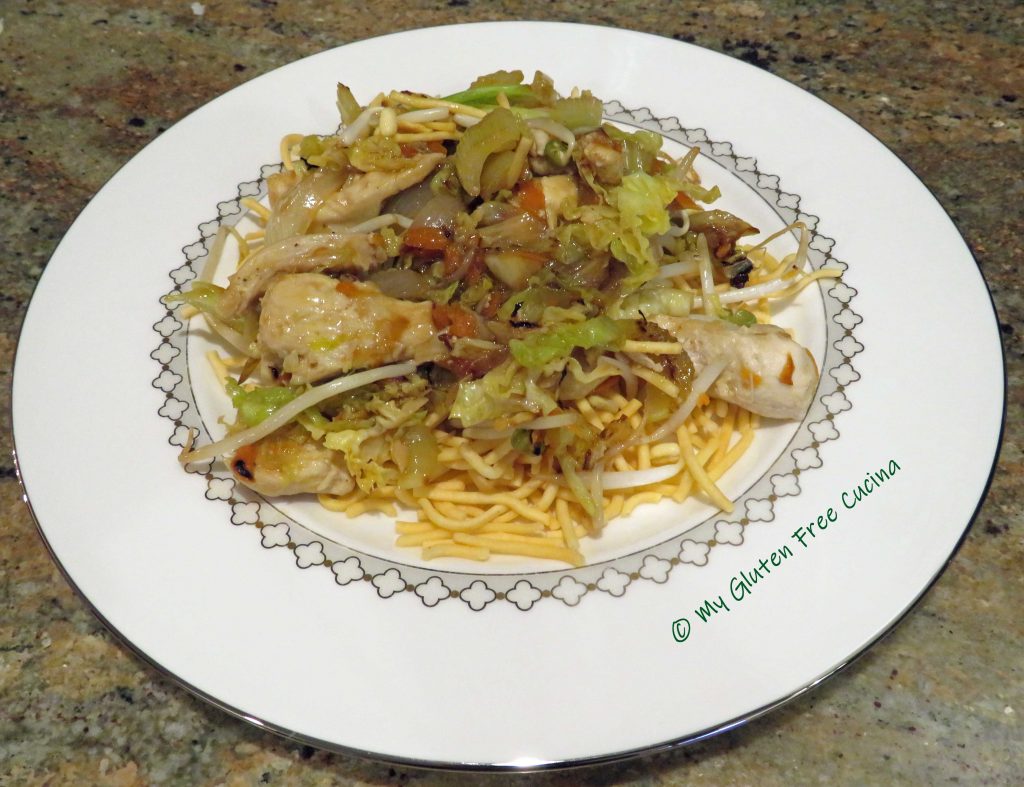
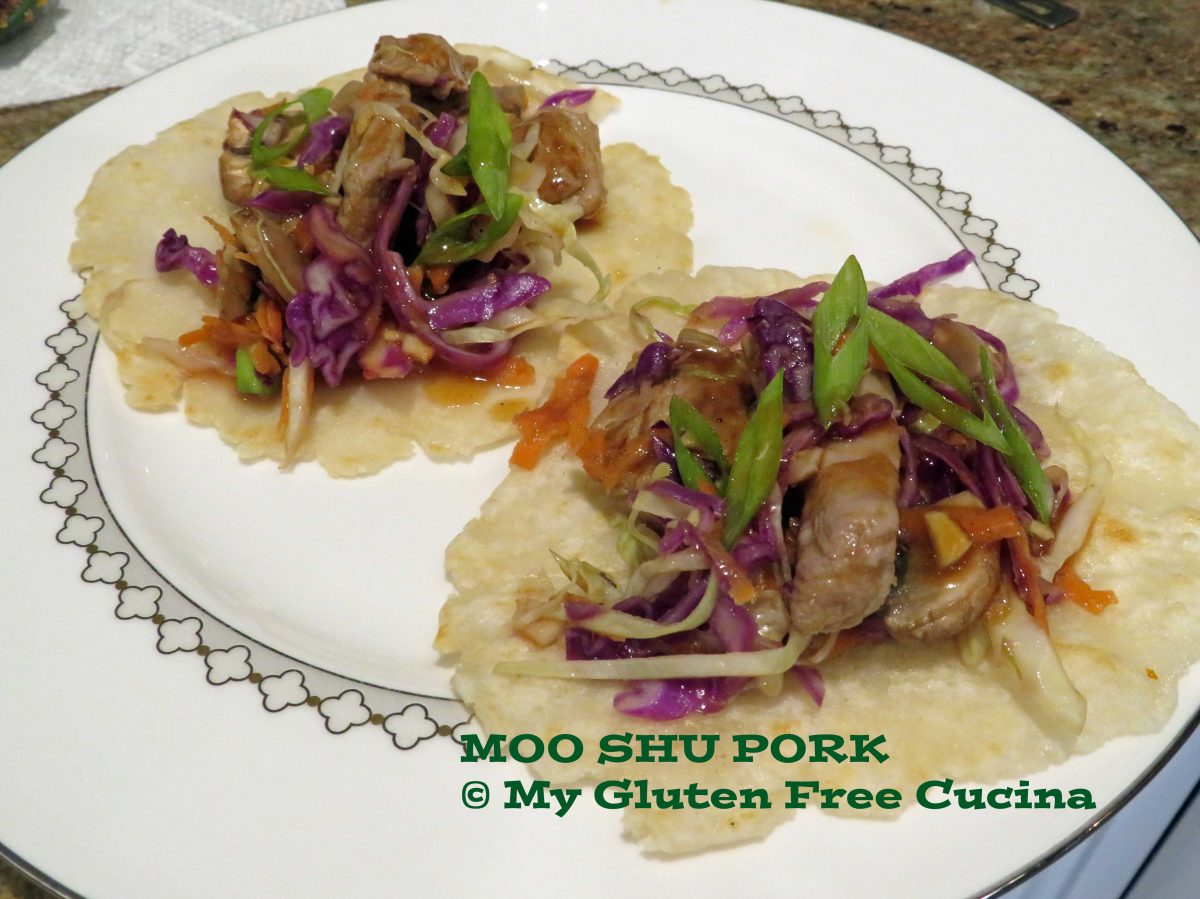
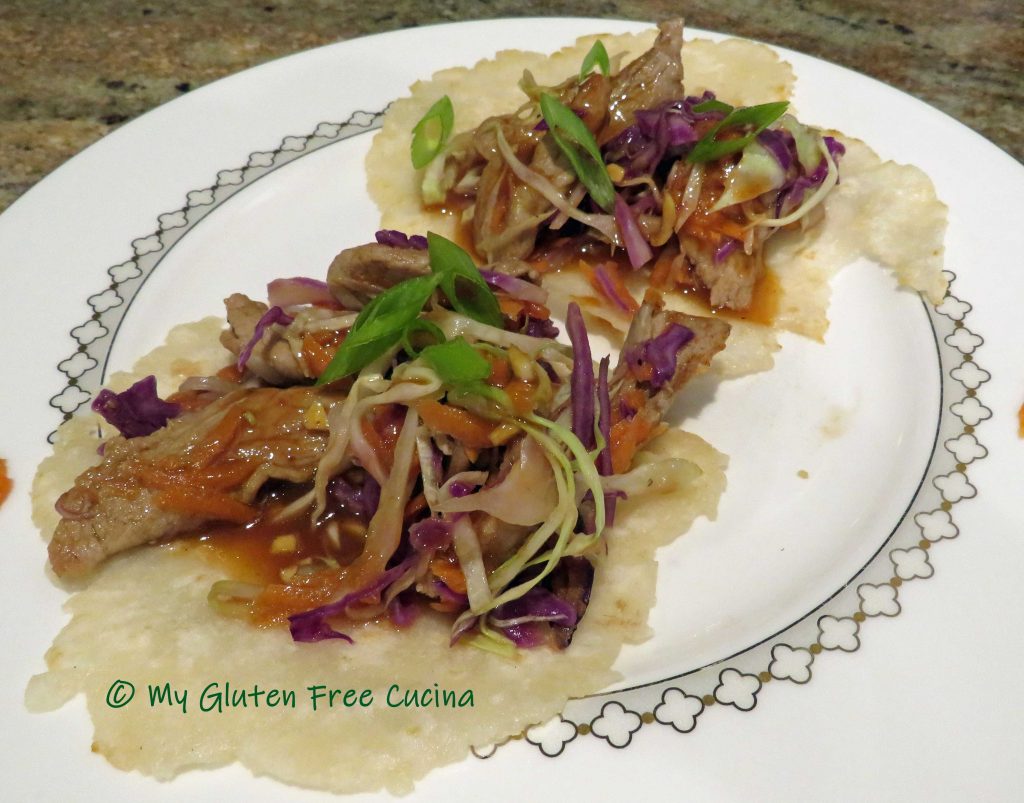

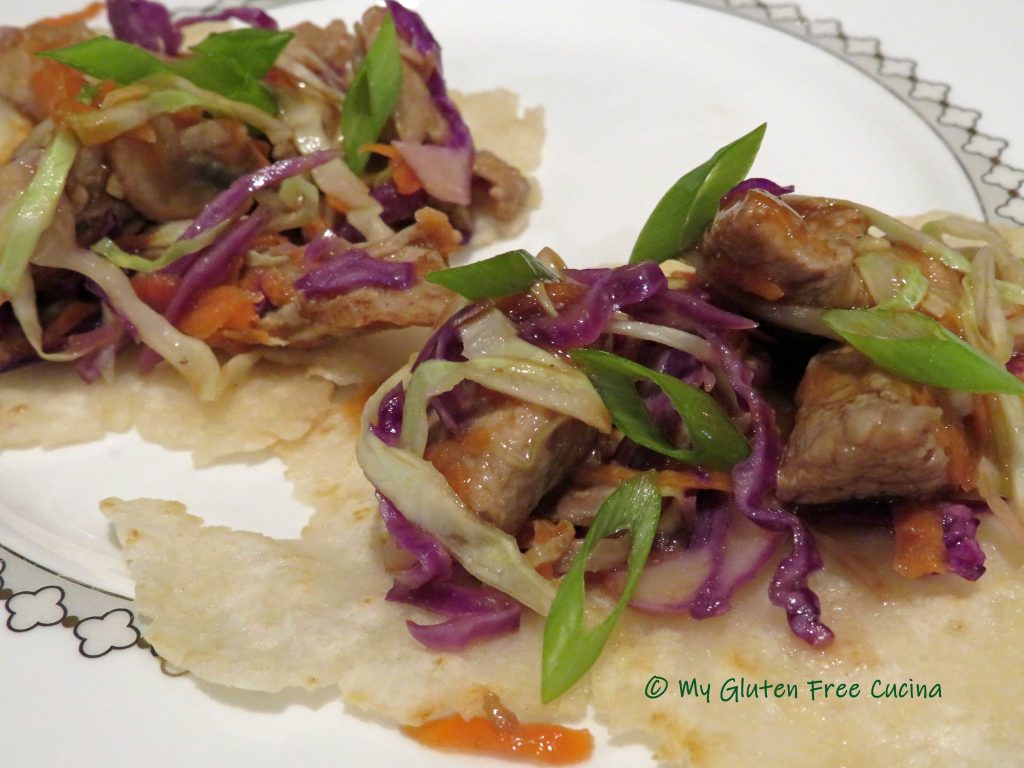
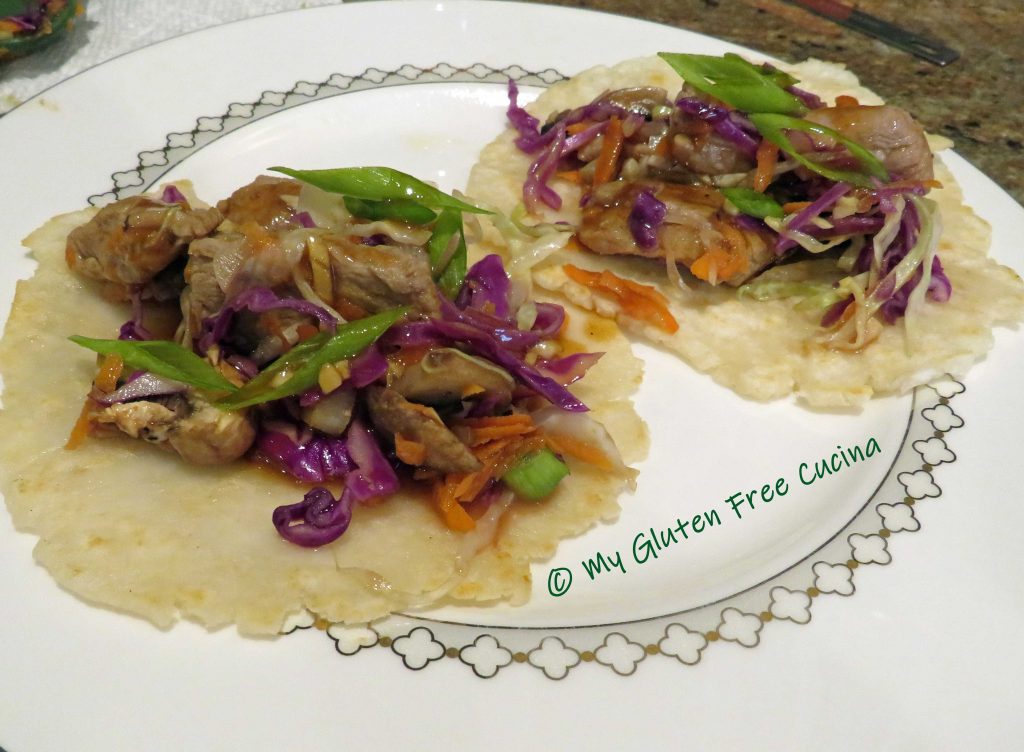
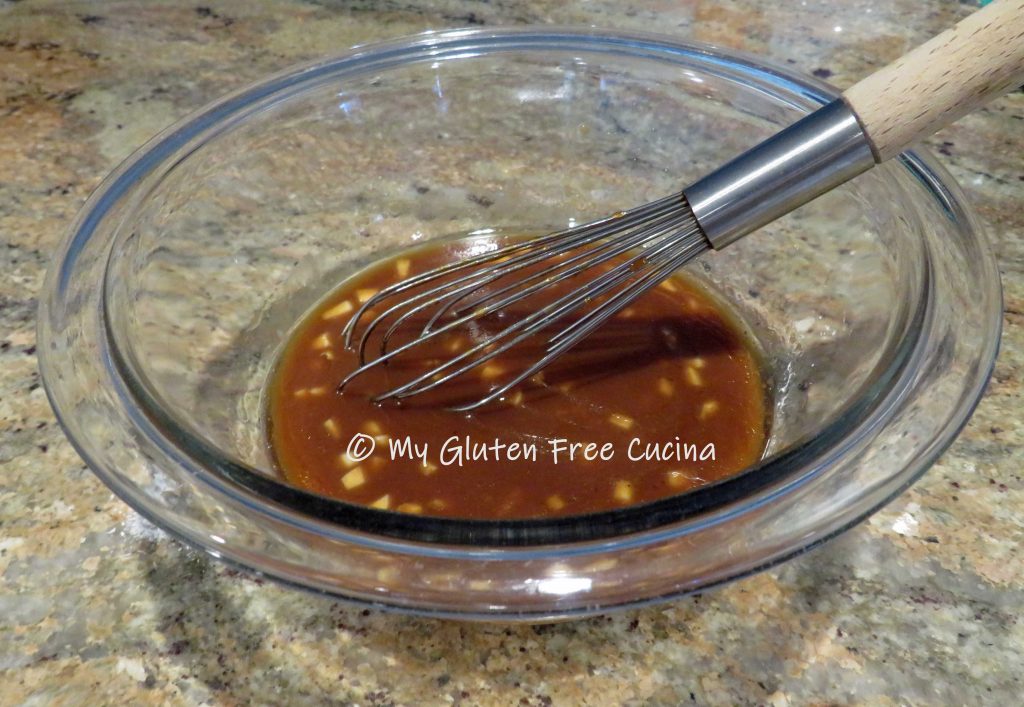

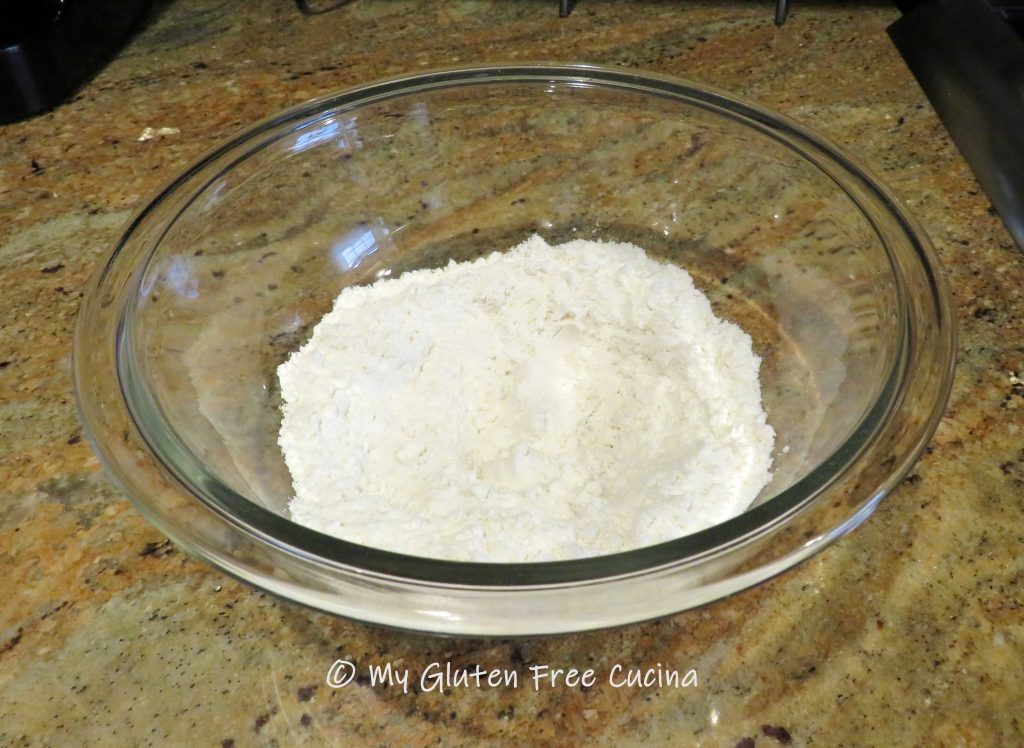
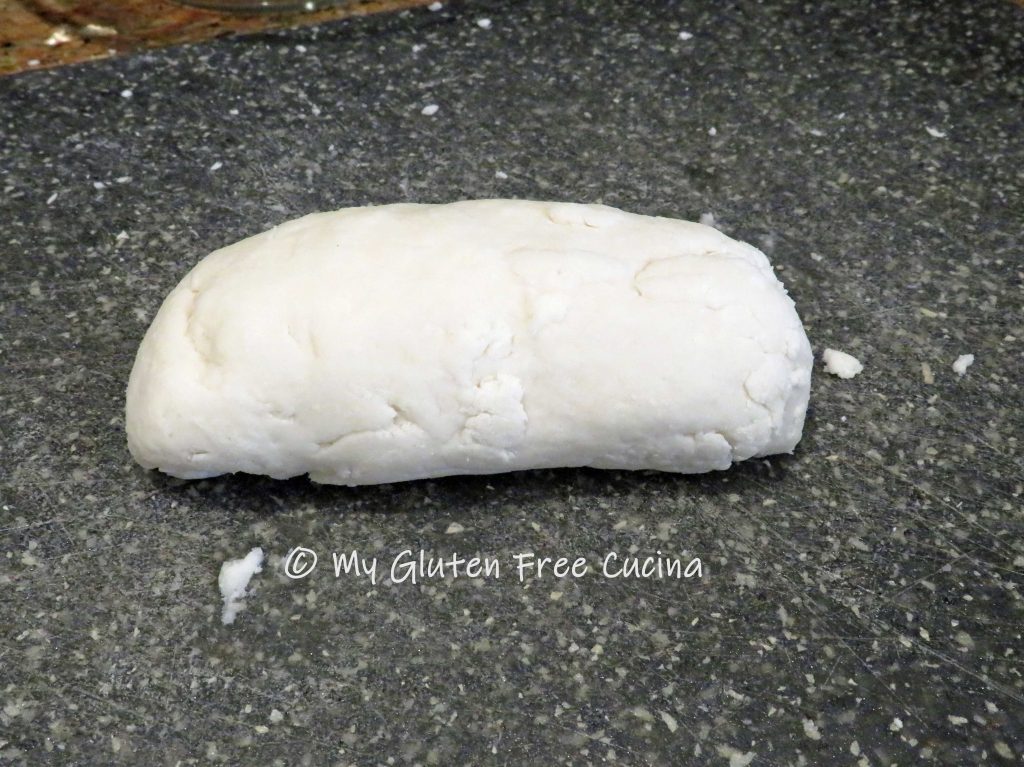
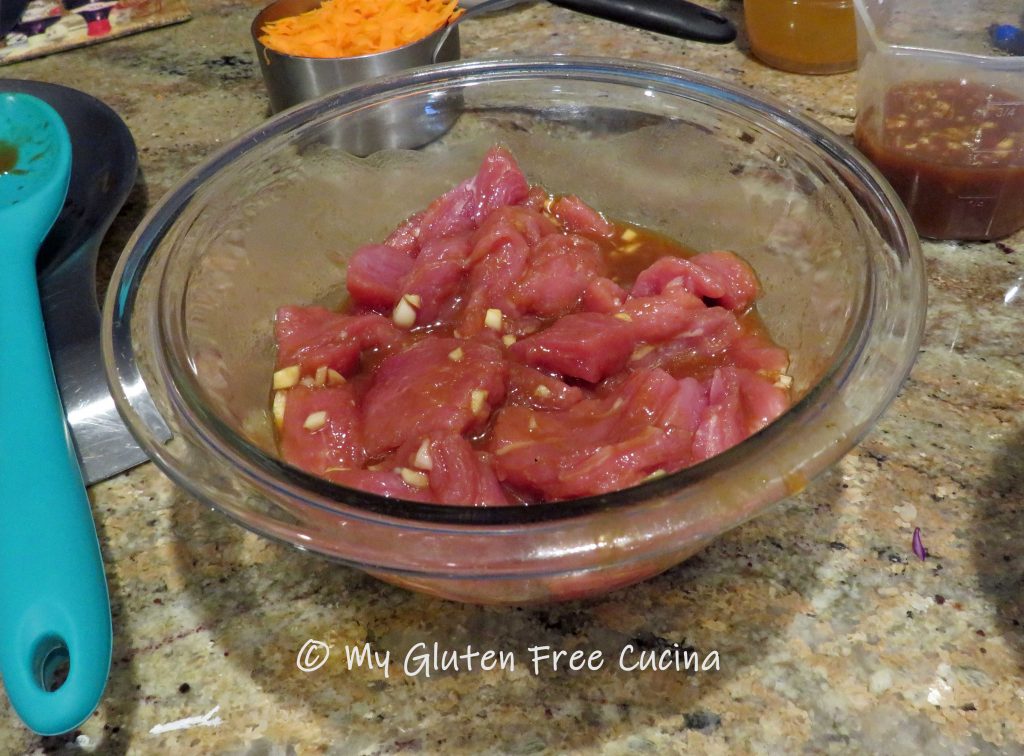
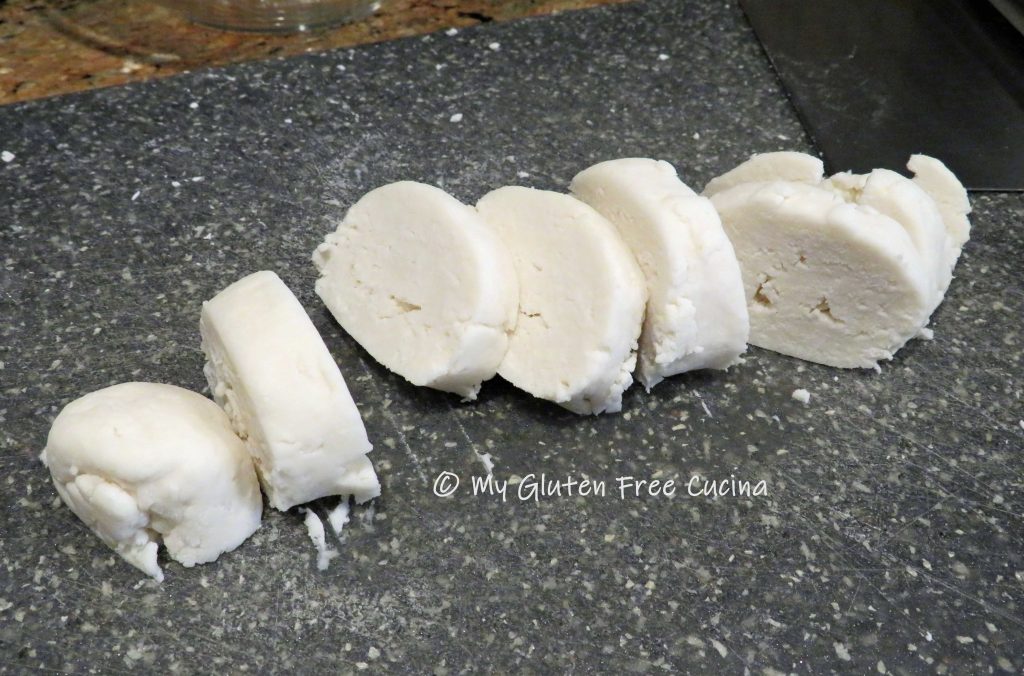
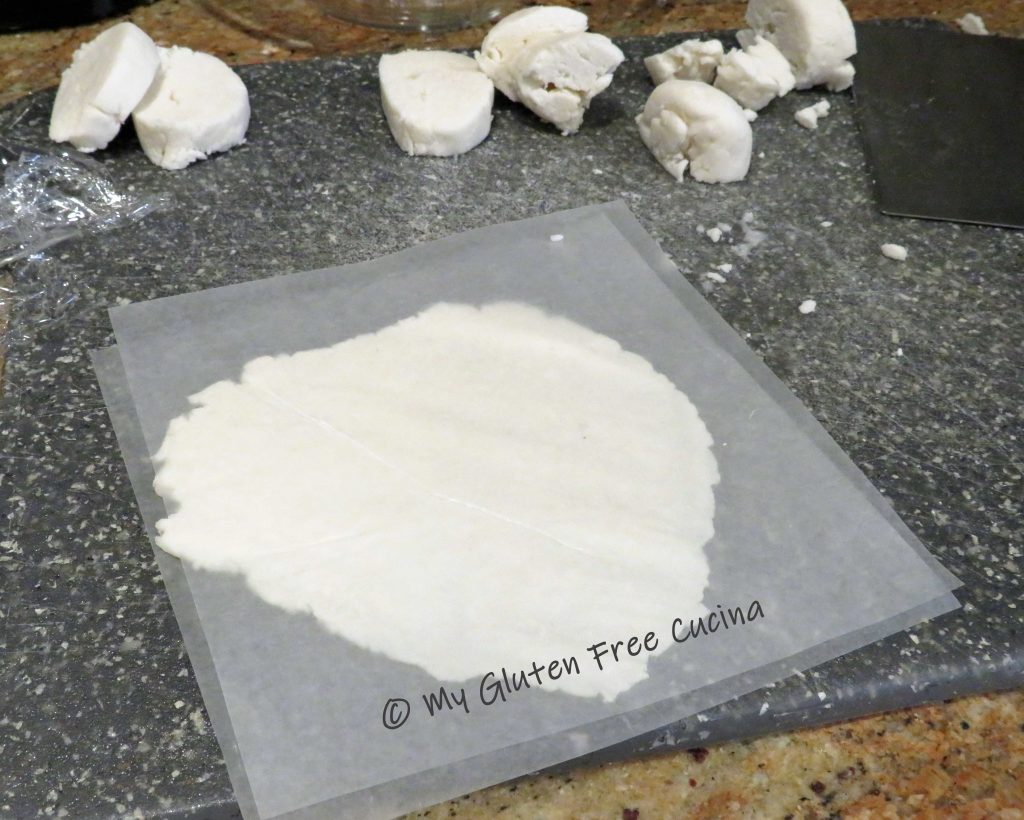
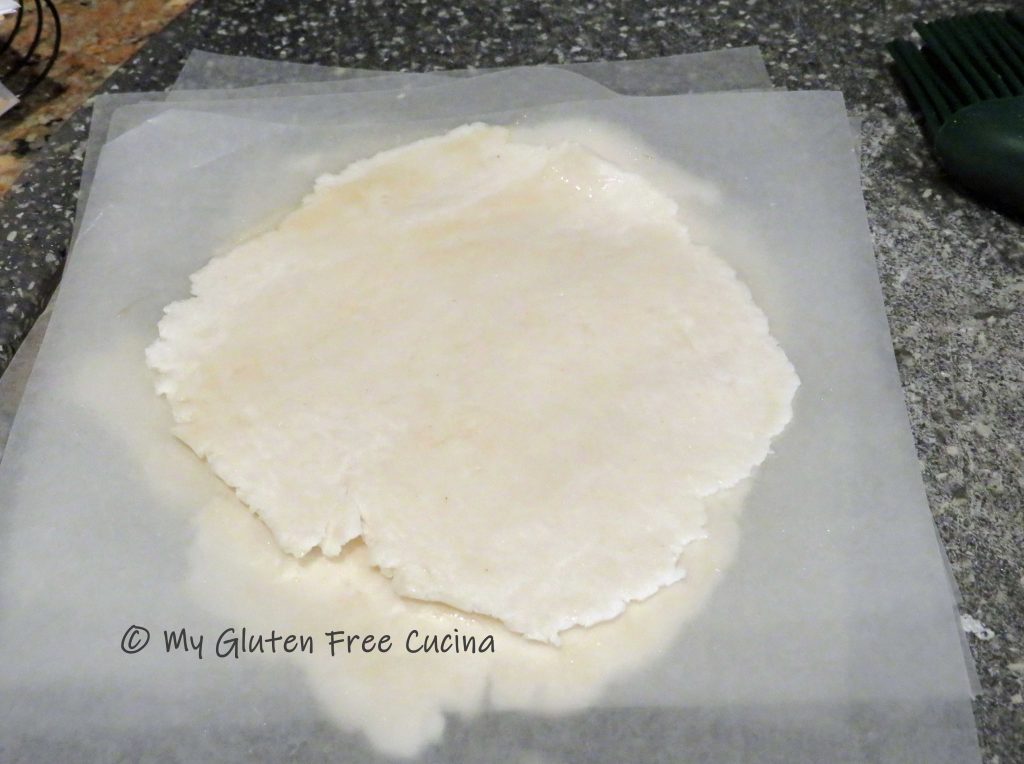
 Use tongs to turn each piece to quickly brown both sides. The pork does not have to be cooked through at this point; it will finish cooking with the veggies.
Use tongs to turn each piece to quickly brown both sides. The pork does not have to be cooked through at this point; it will finish cooking with the veggies. Add all of the vegetables to the skillet.
Add all of the vegetables to the skillet.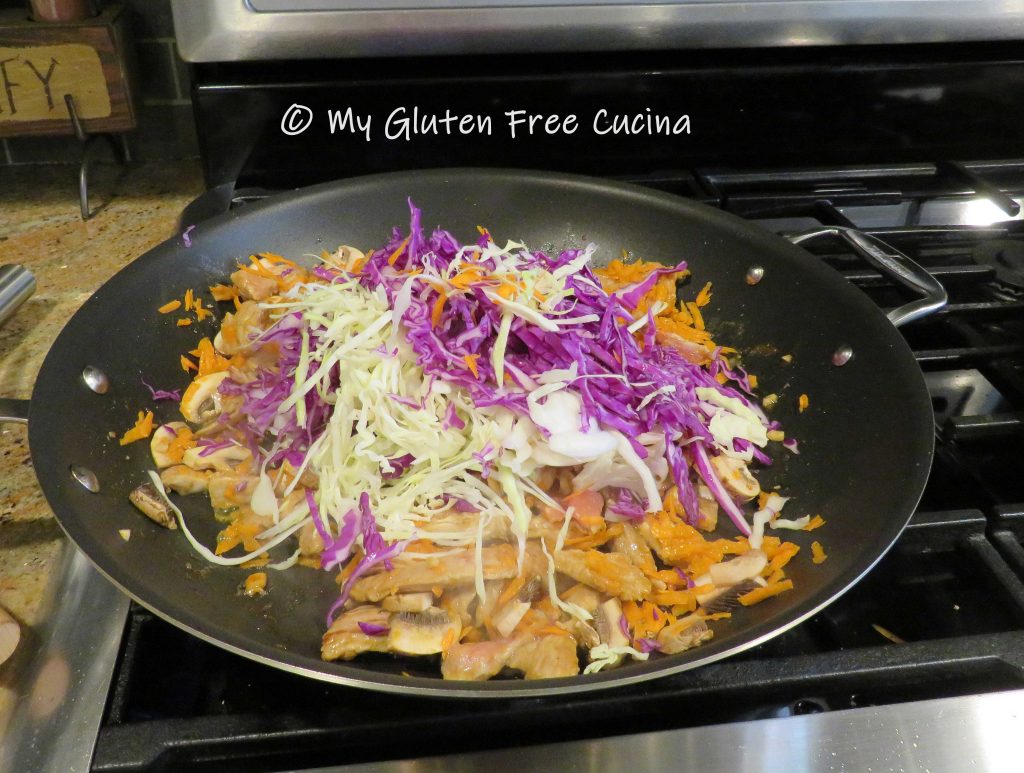

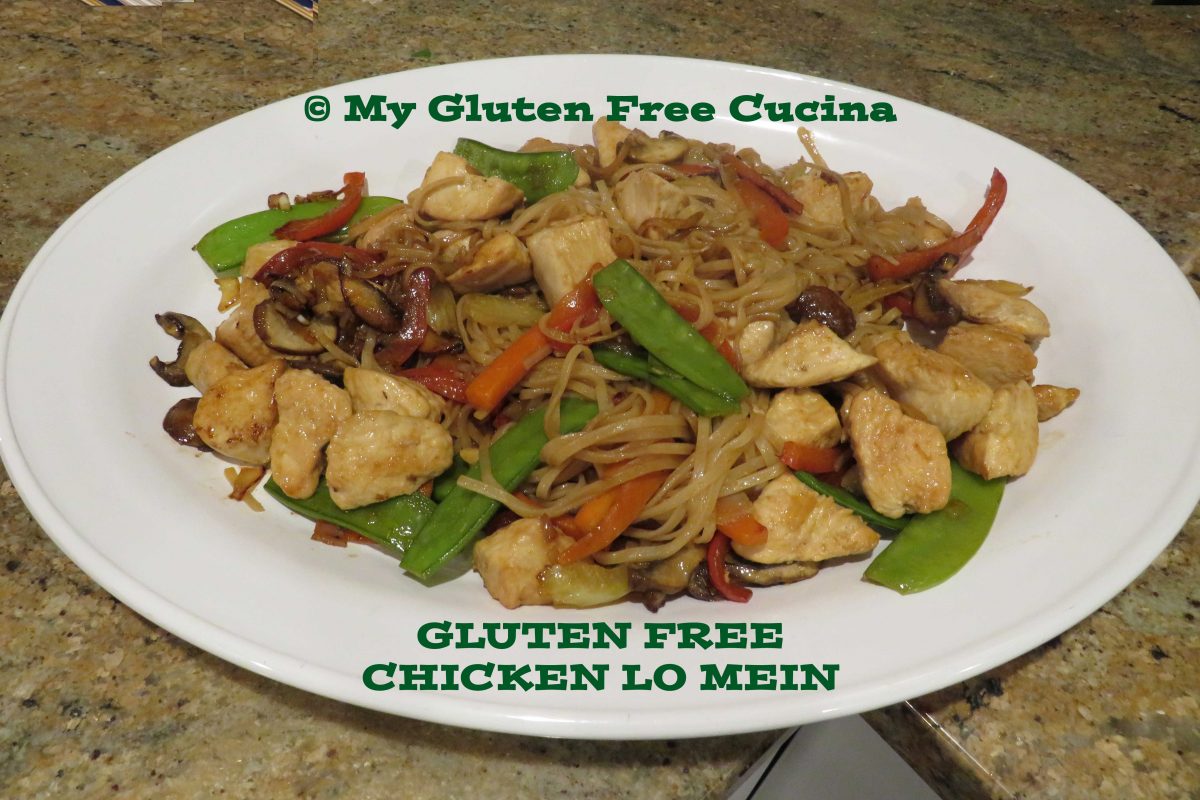
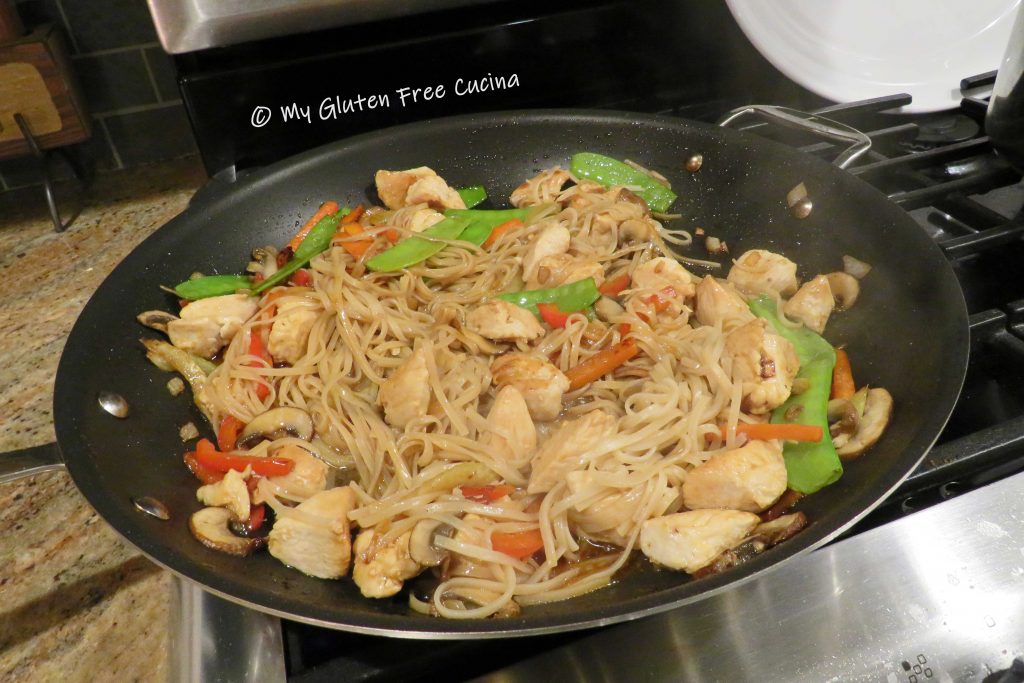


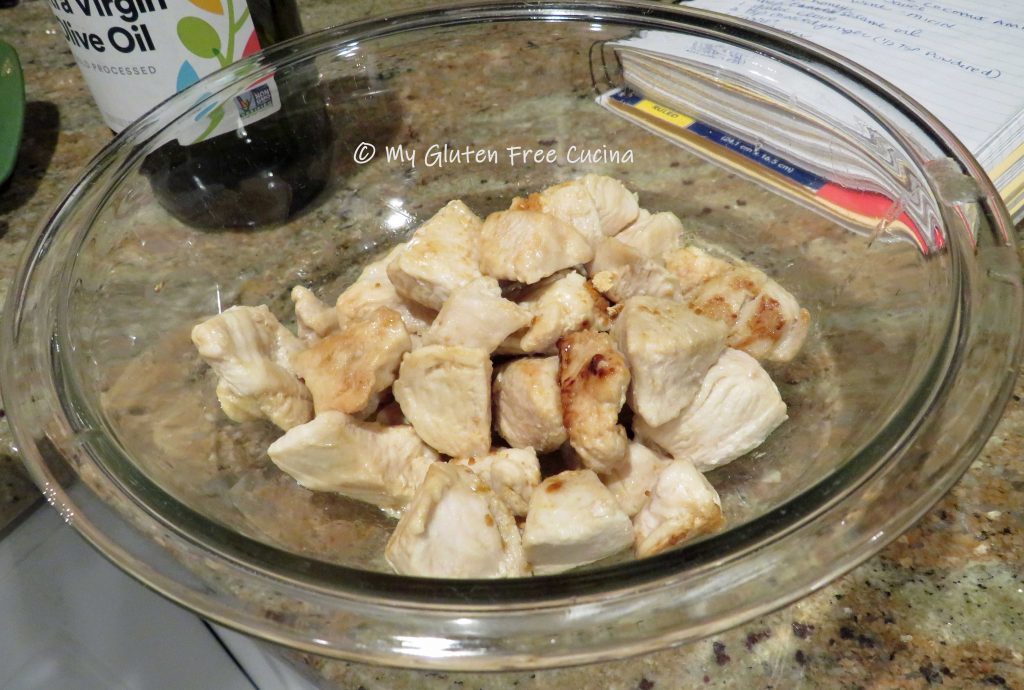
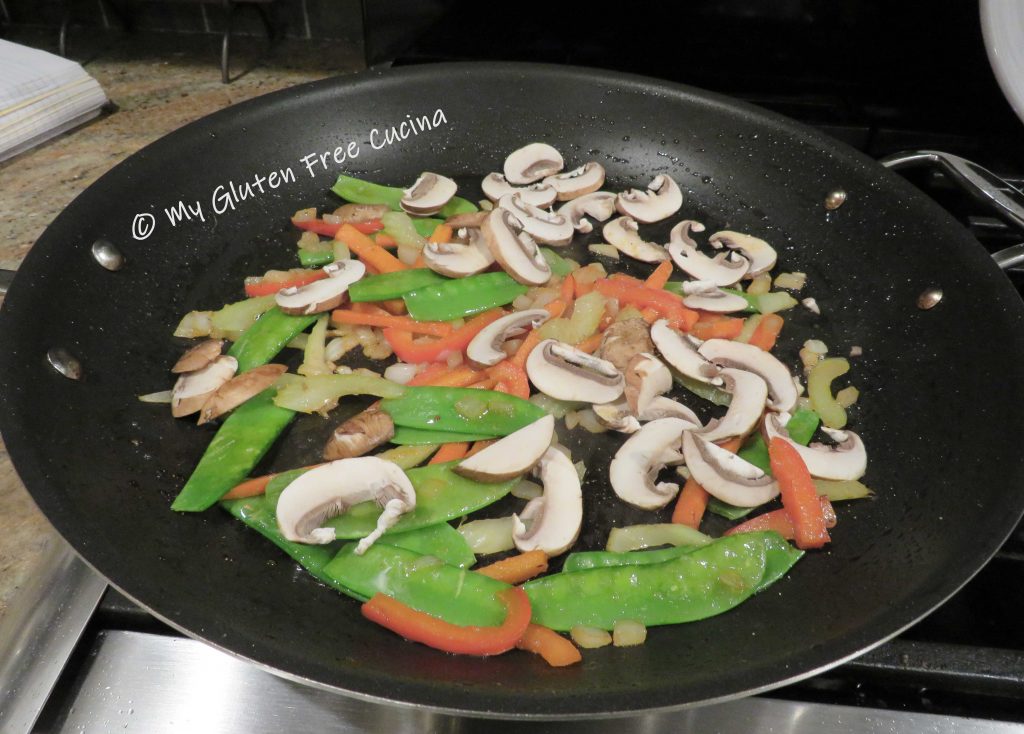

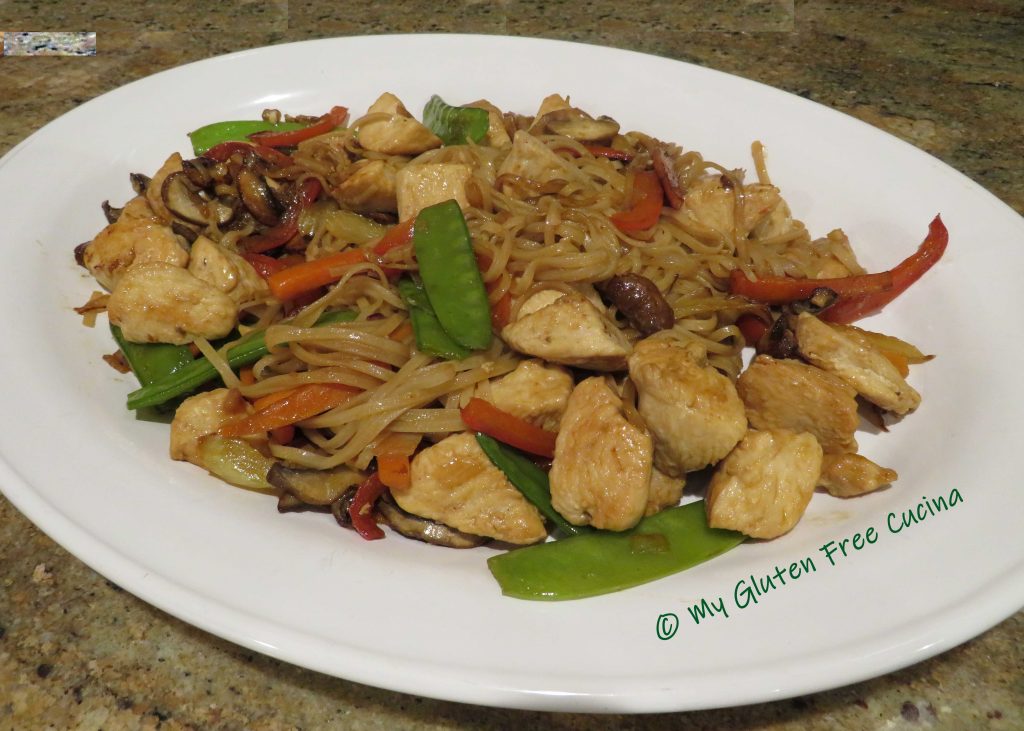

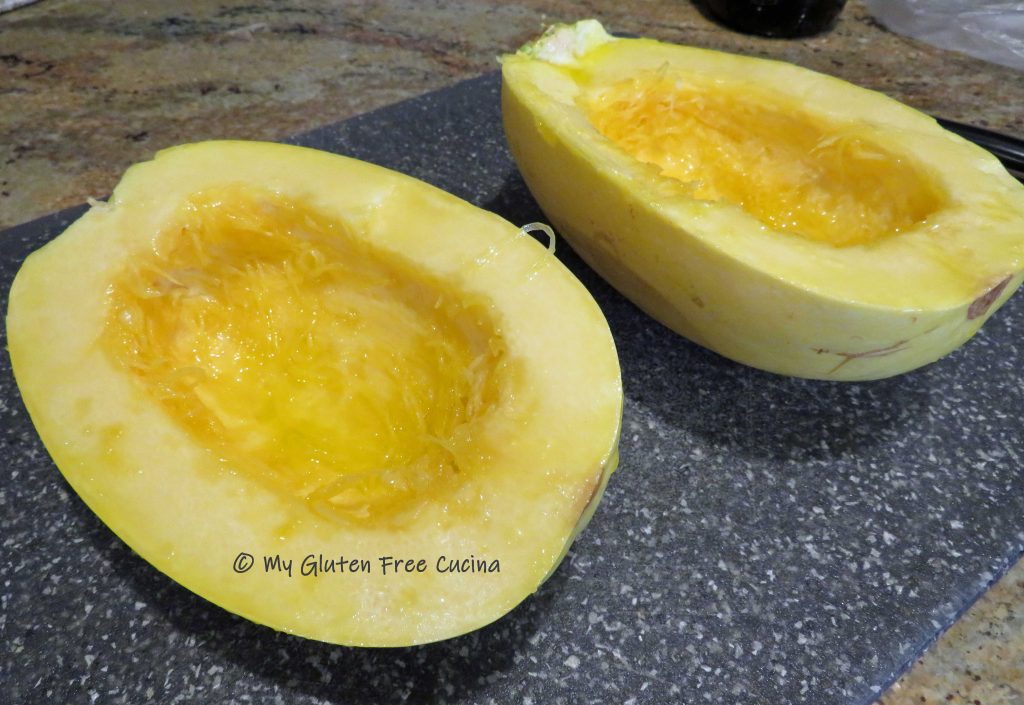





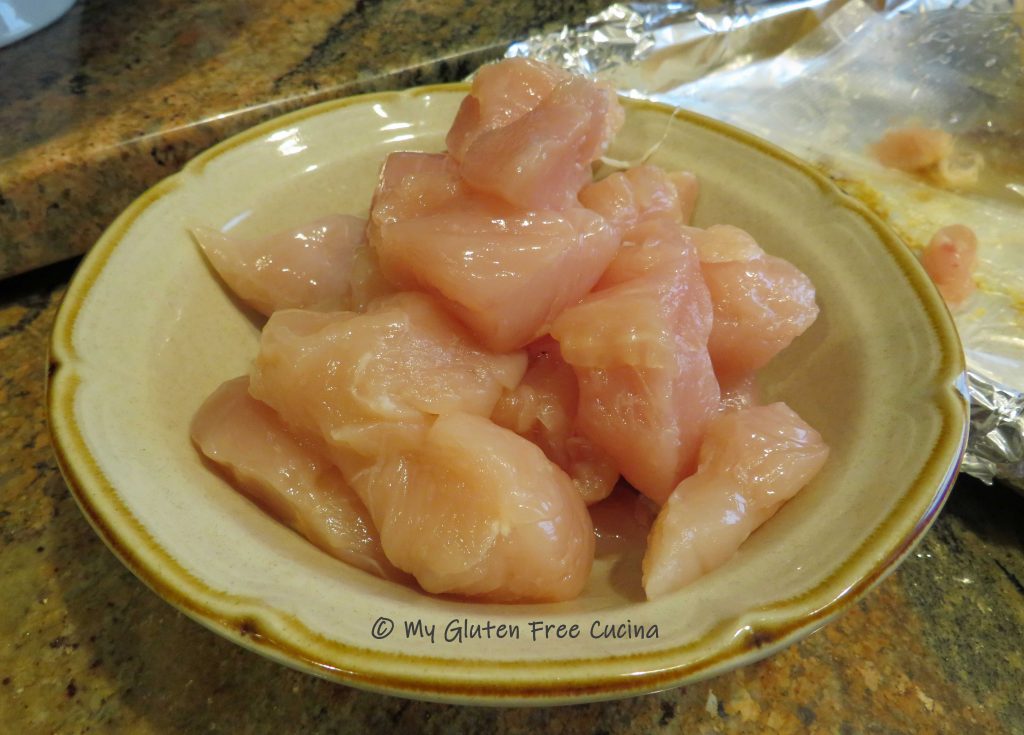
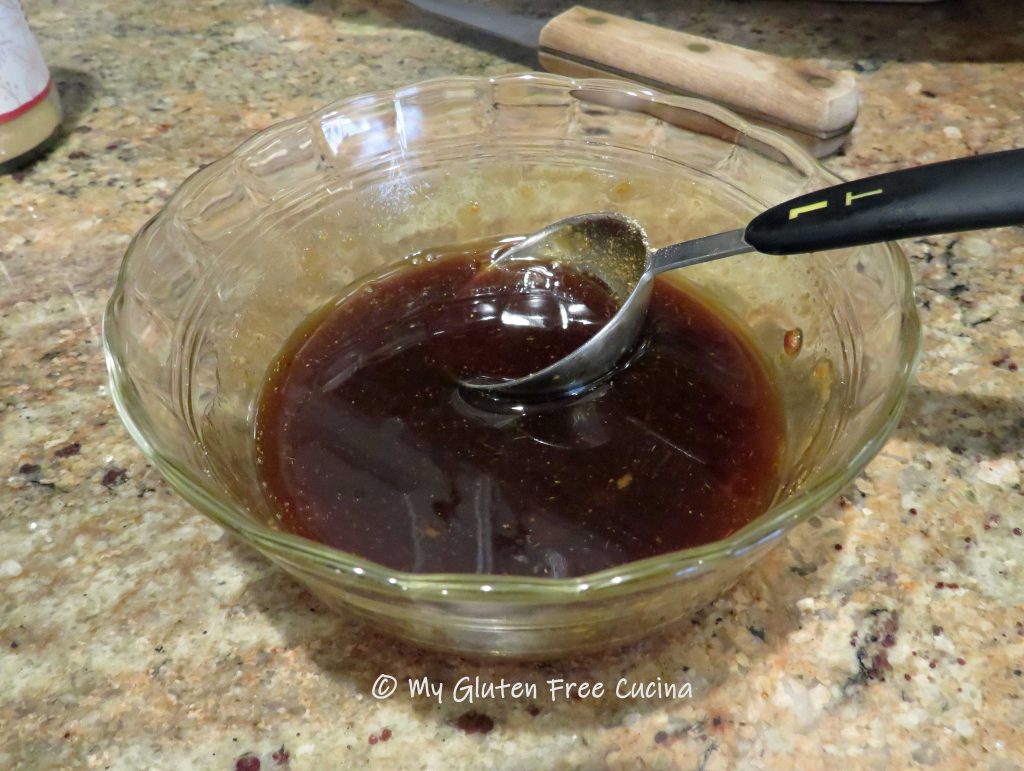 Coat a
Coat a 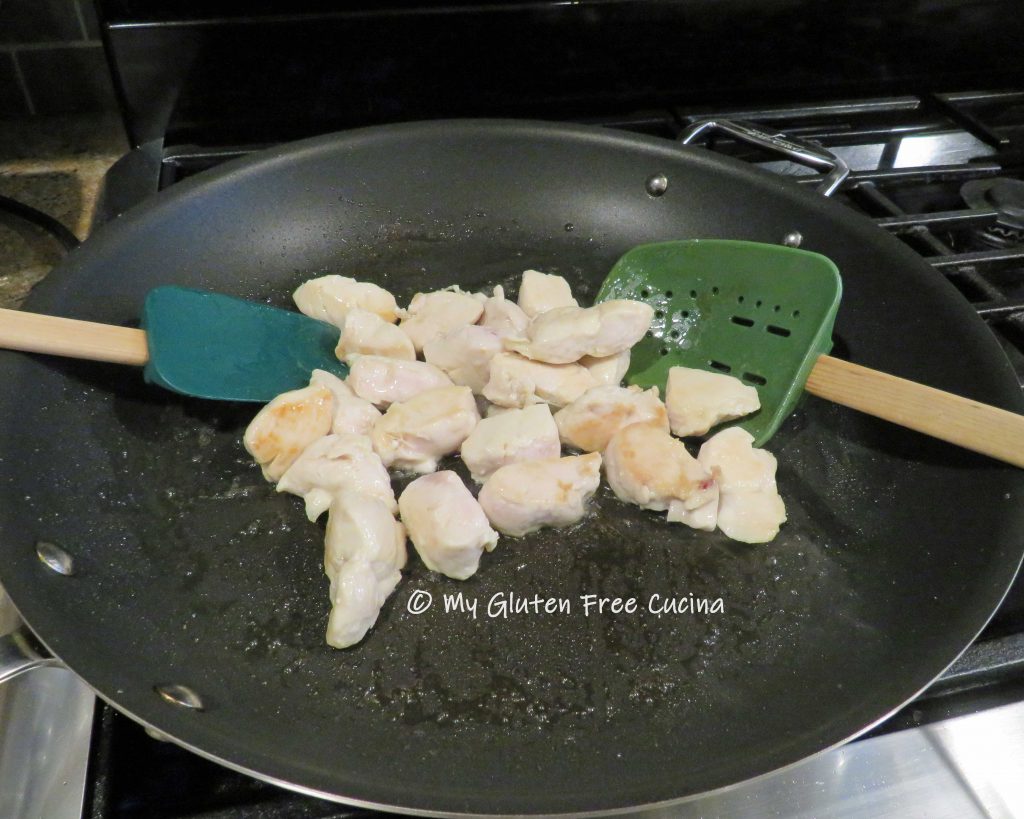

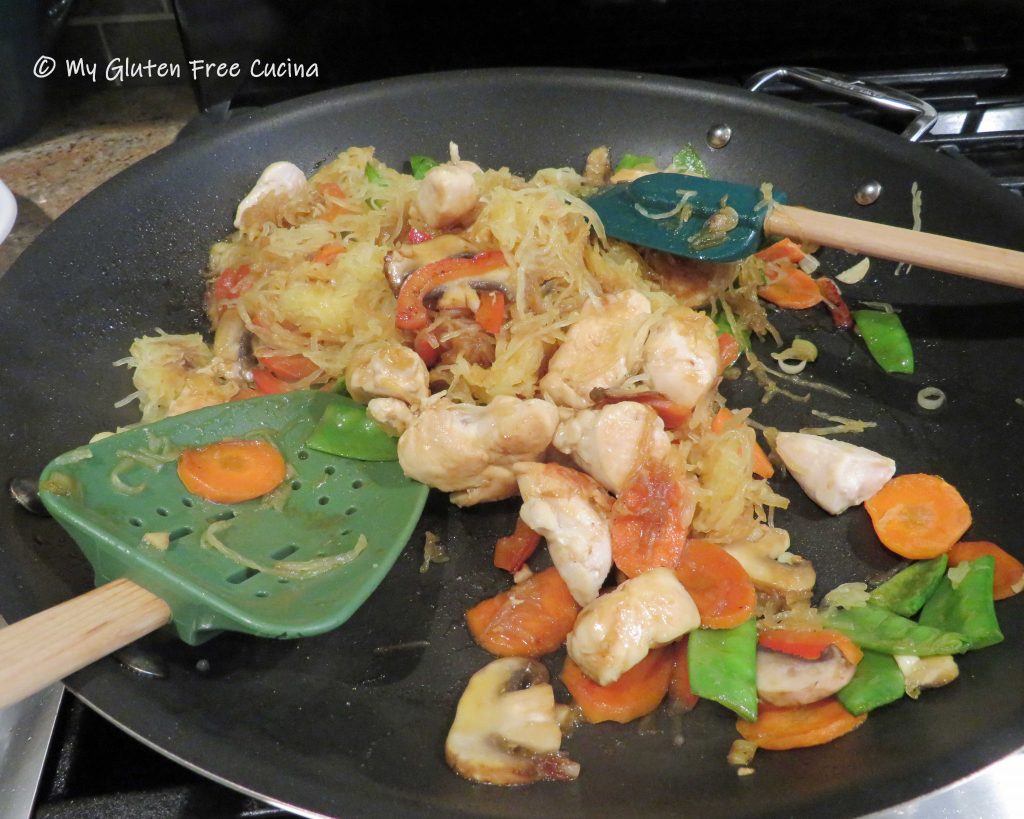

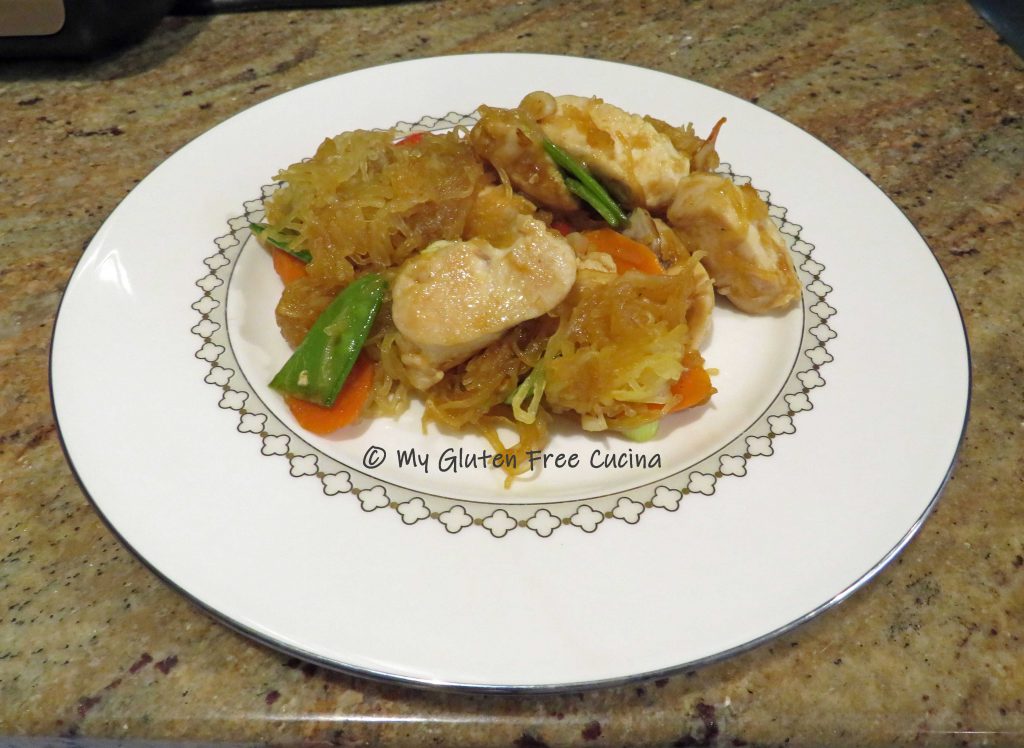
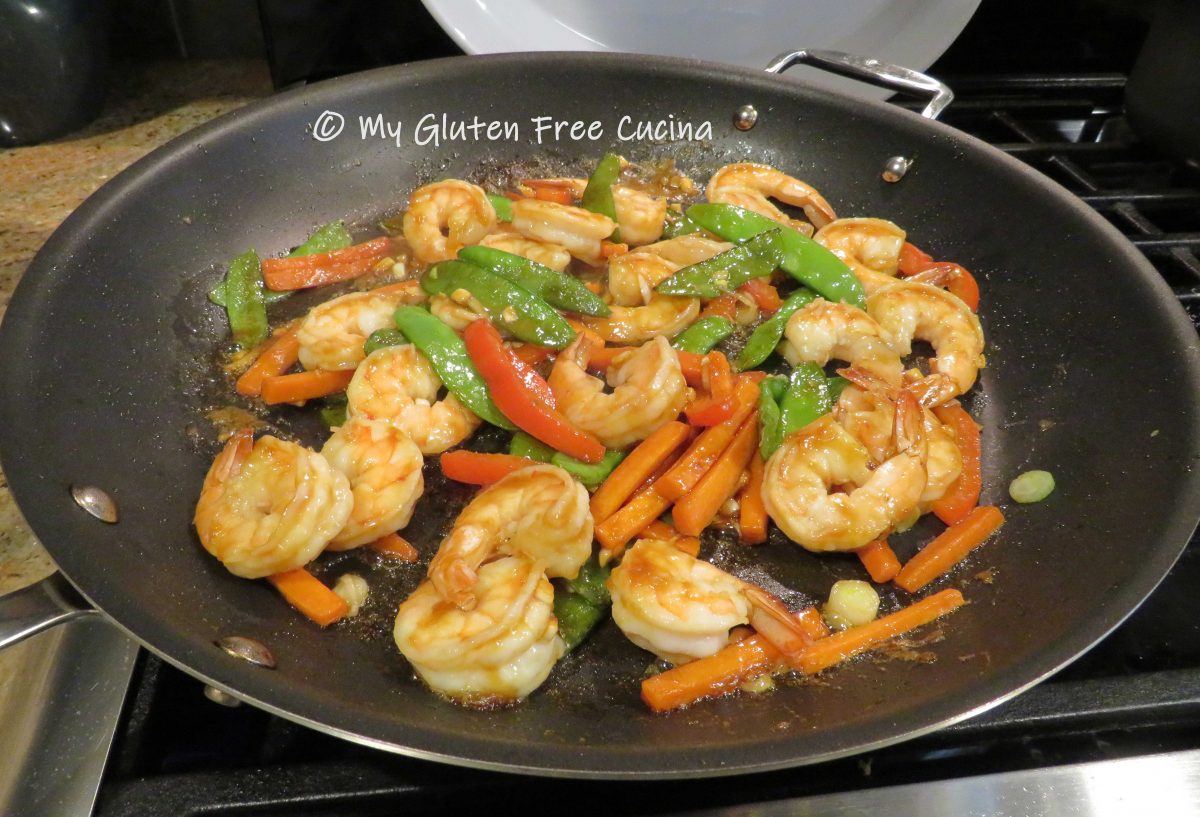
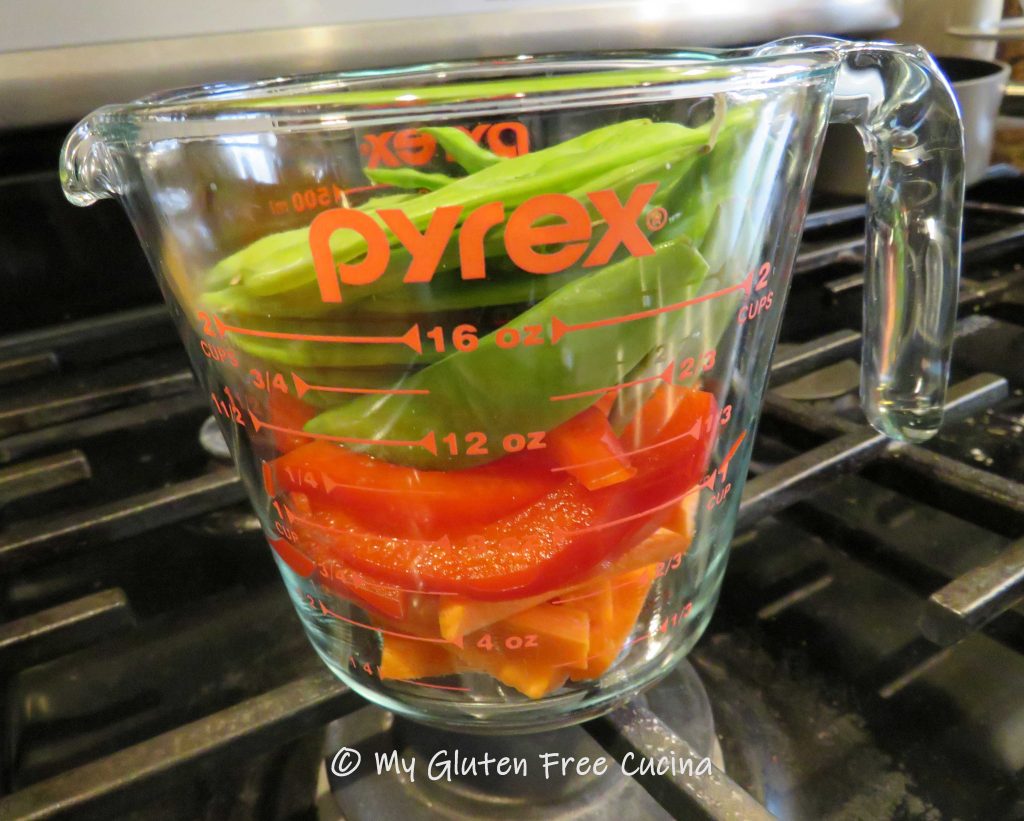
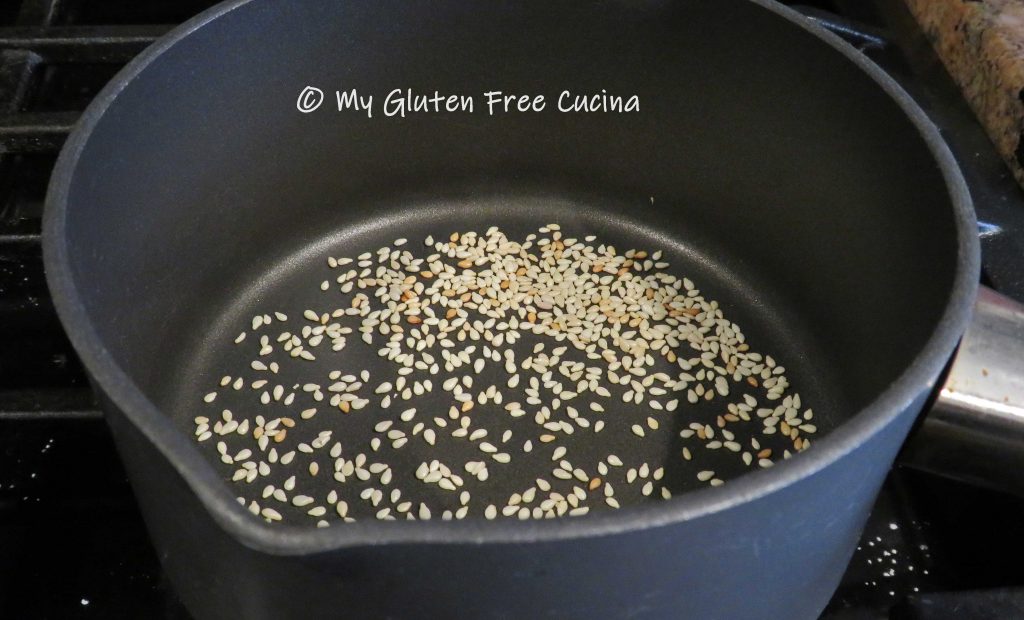

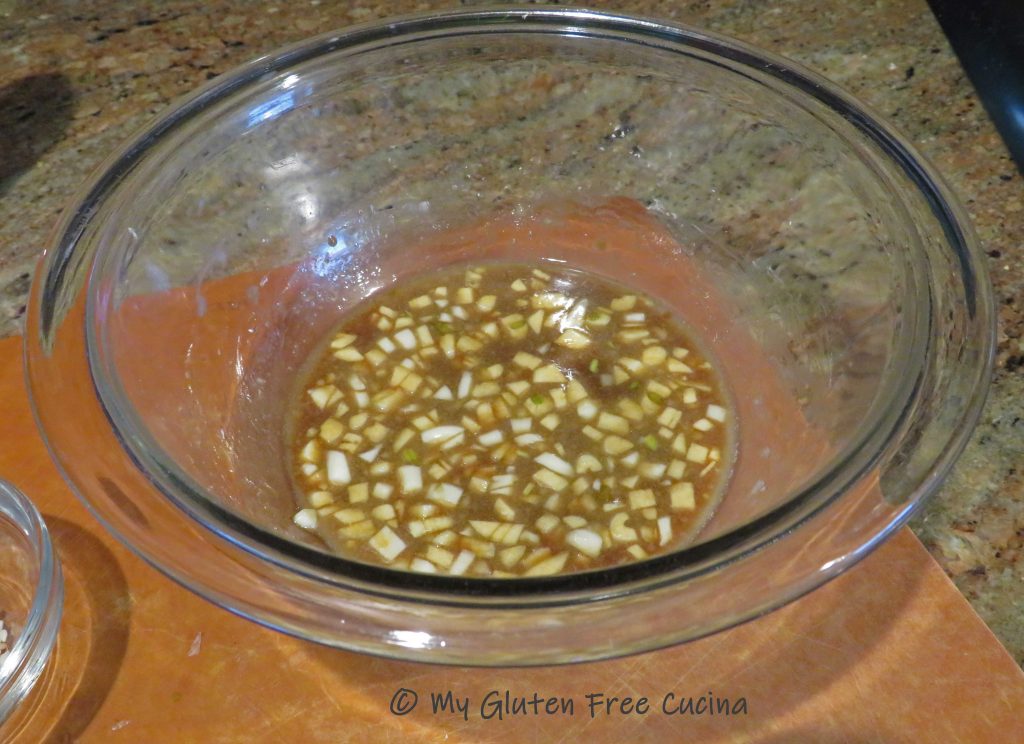
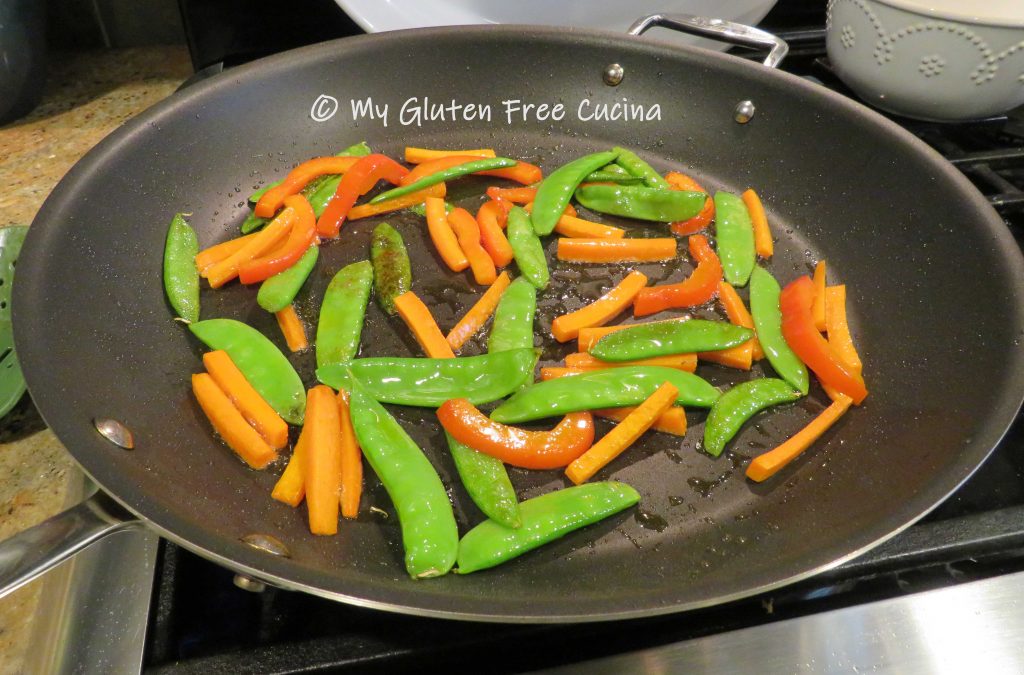
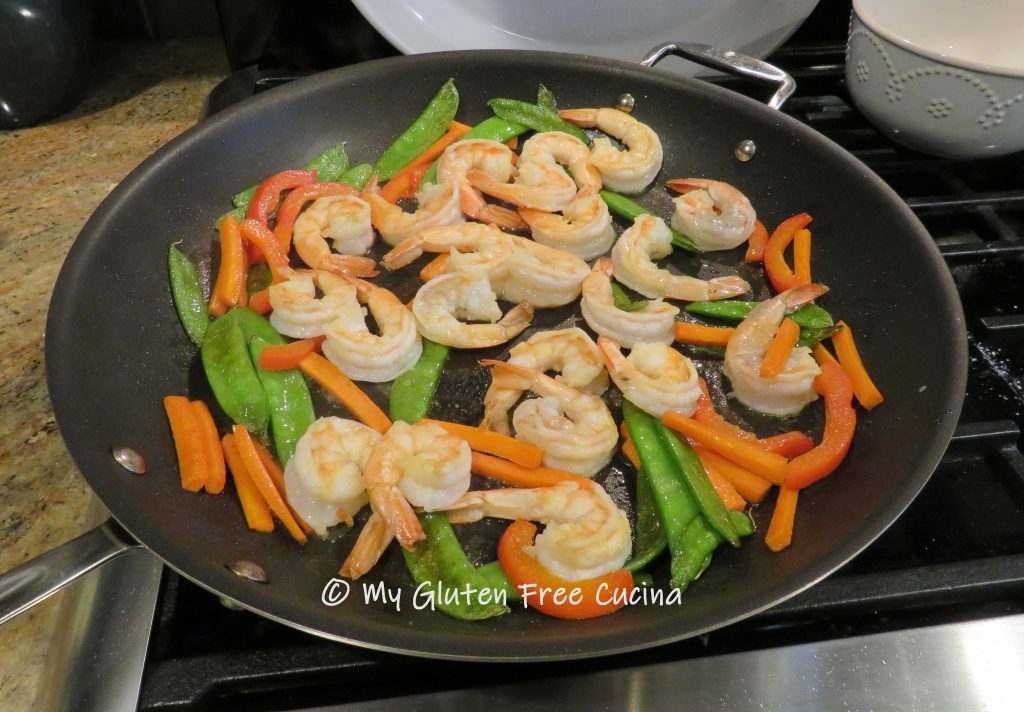
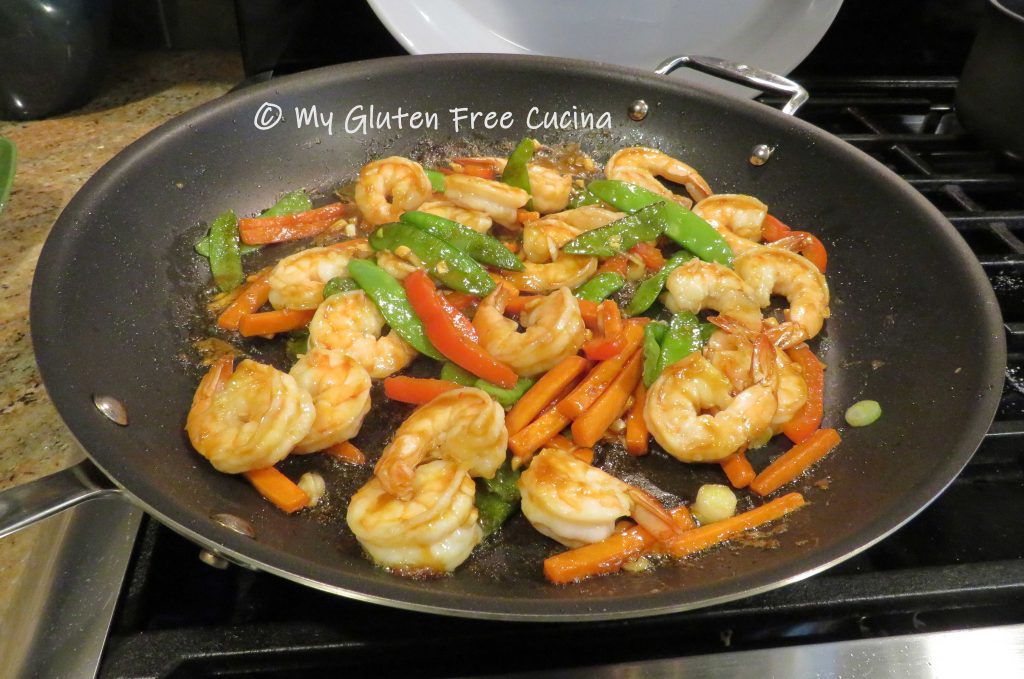
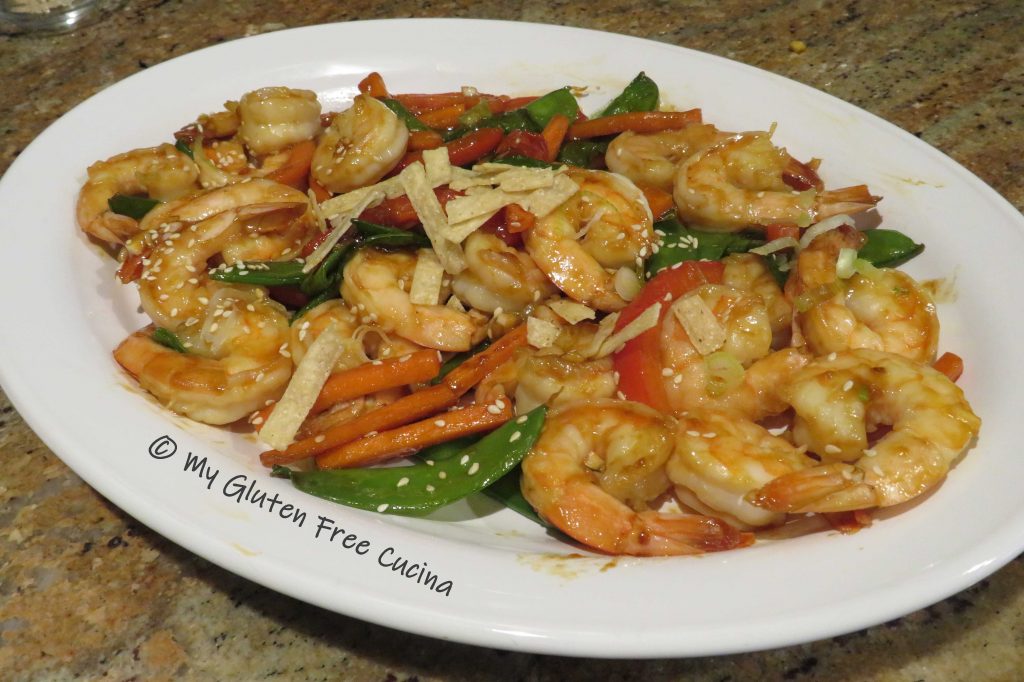 To serve, spoon the shrimp and veggies over the rice with more sesame seeds and tortilla strips.
To serve, spoon the shrimp and veggies over the rice with more sesame seeds and tortilla strips.